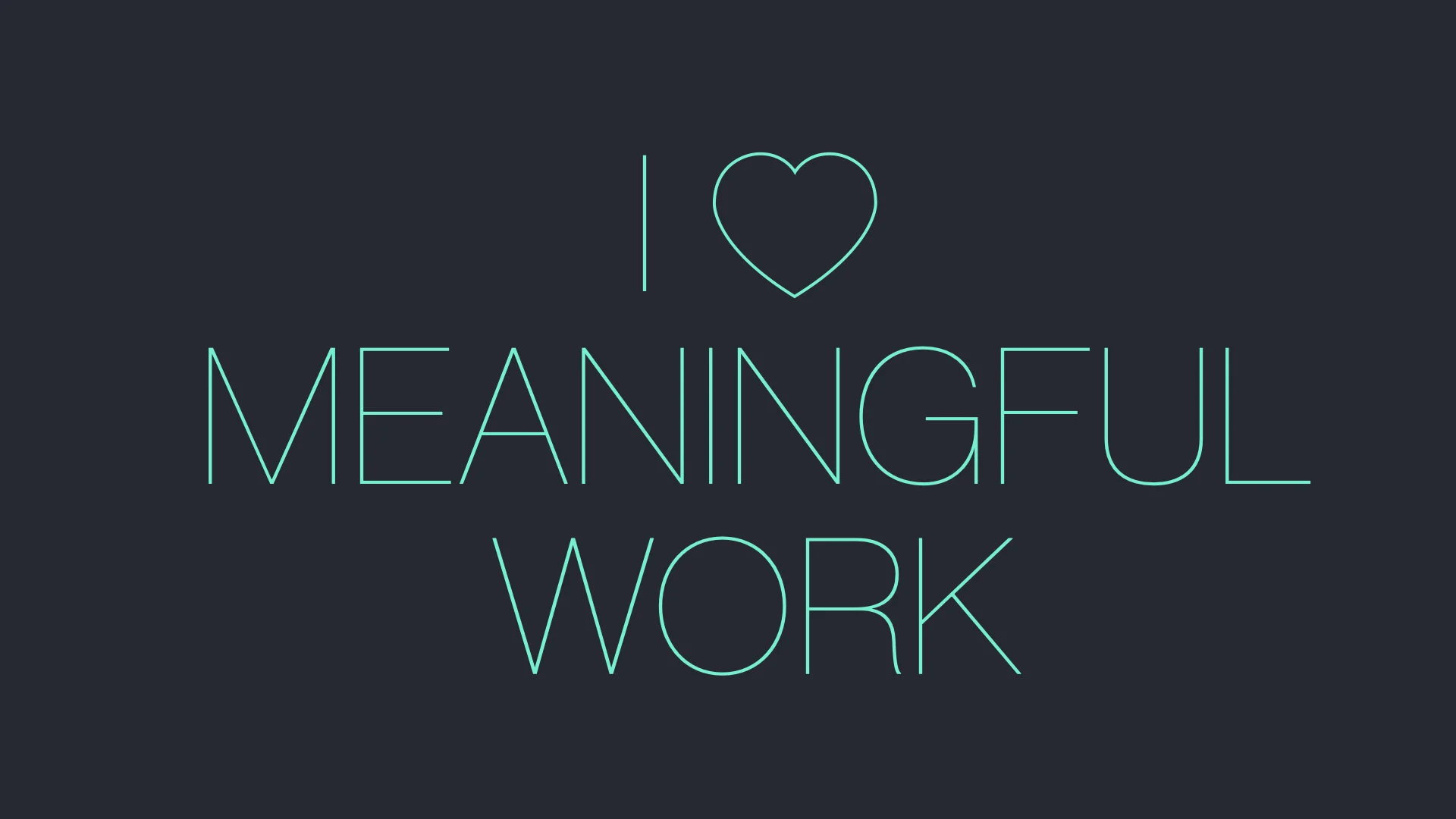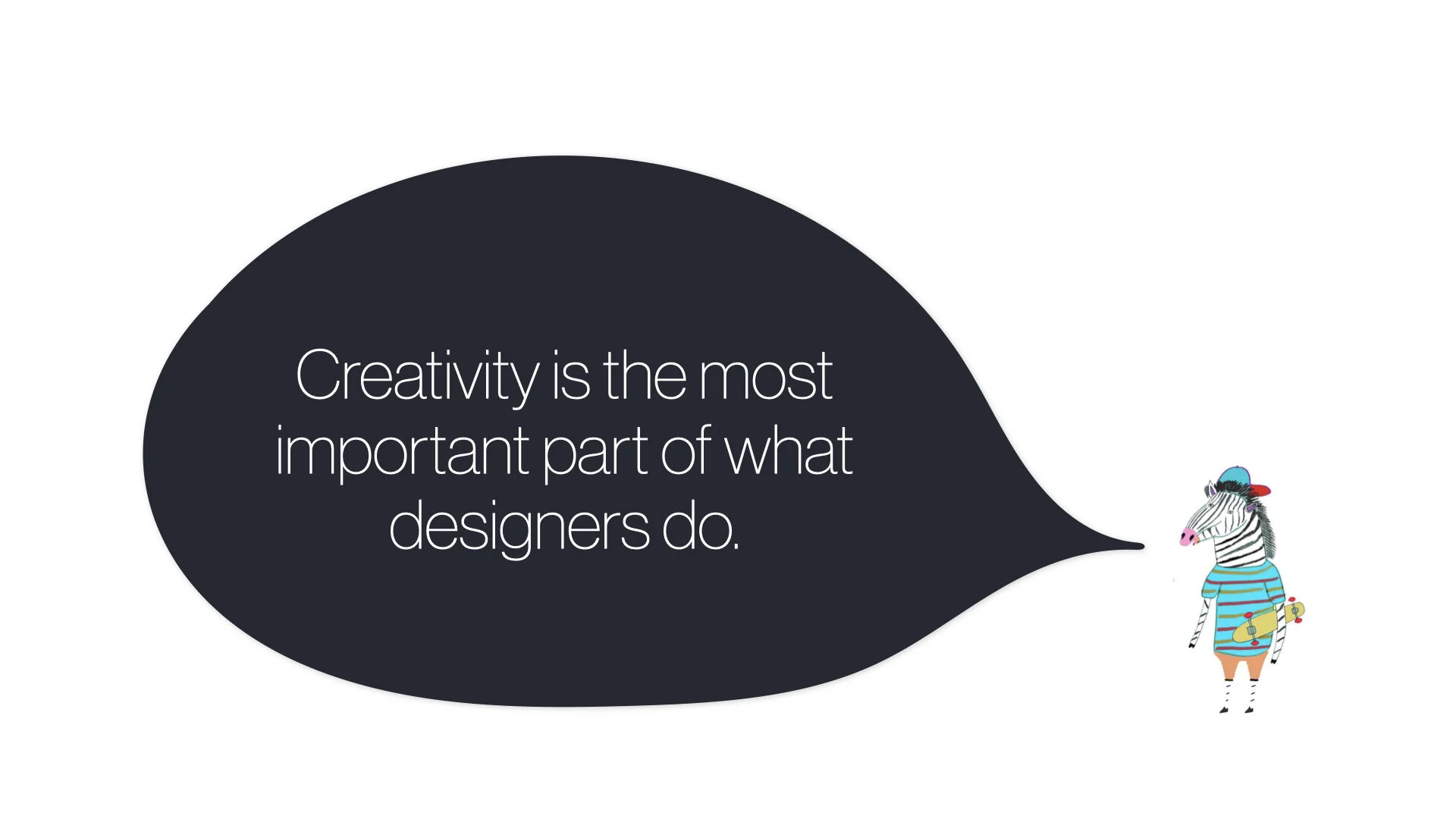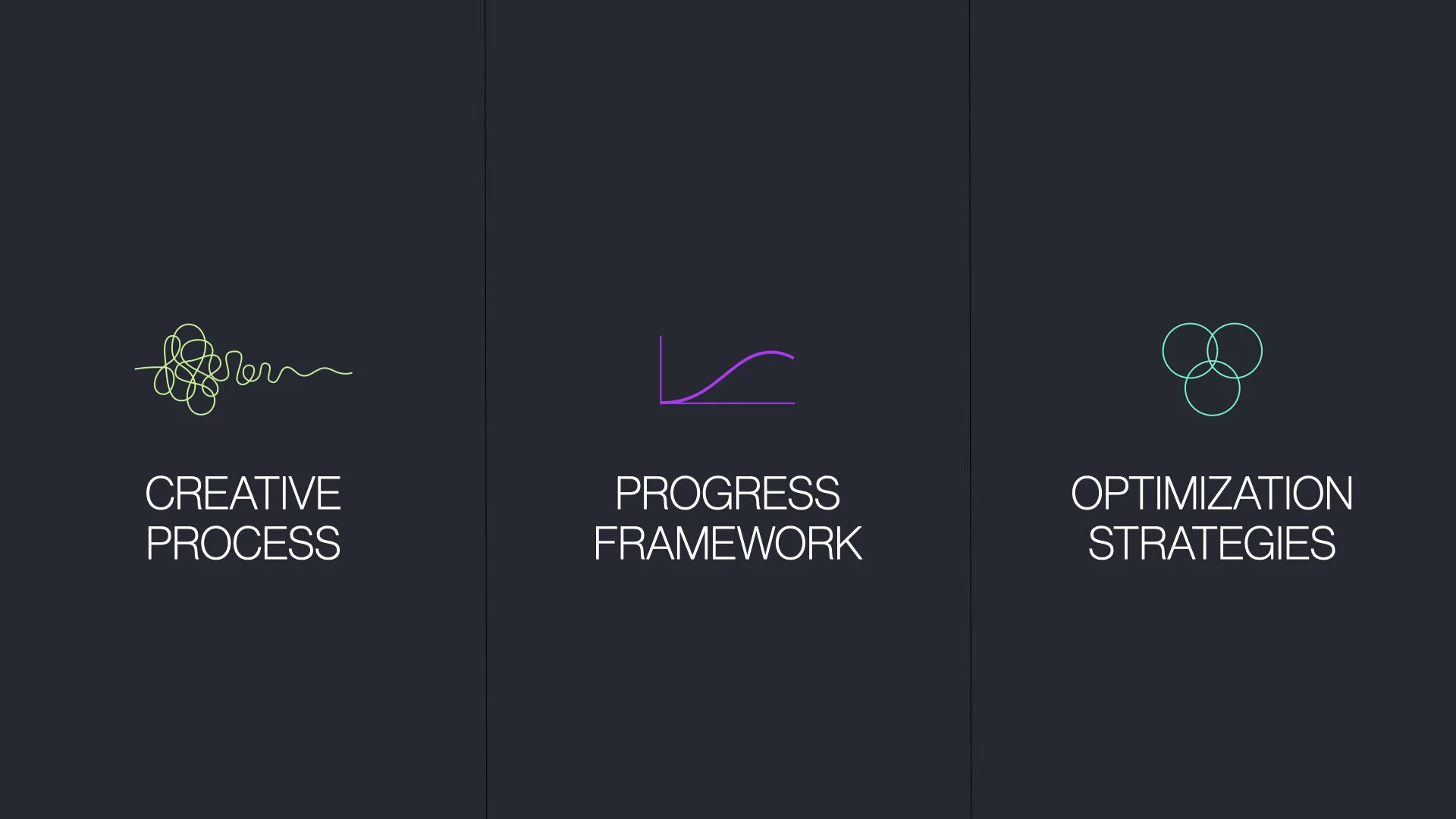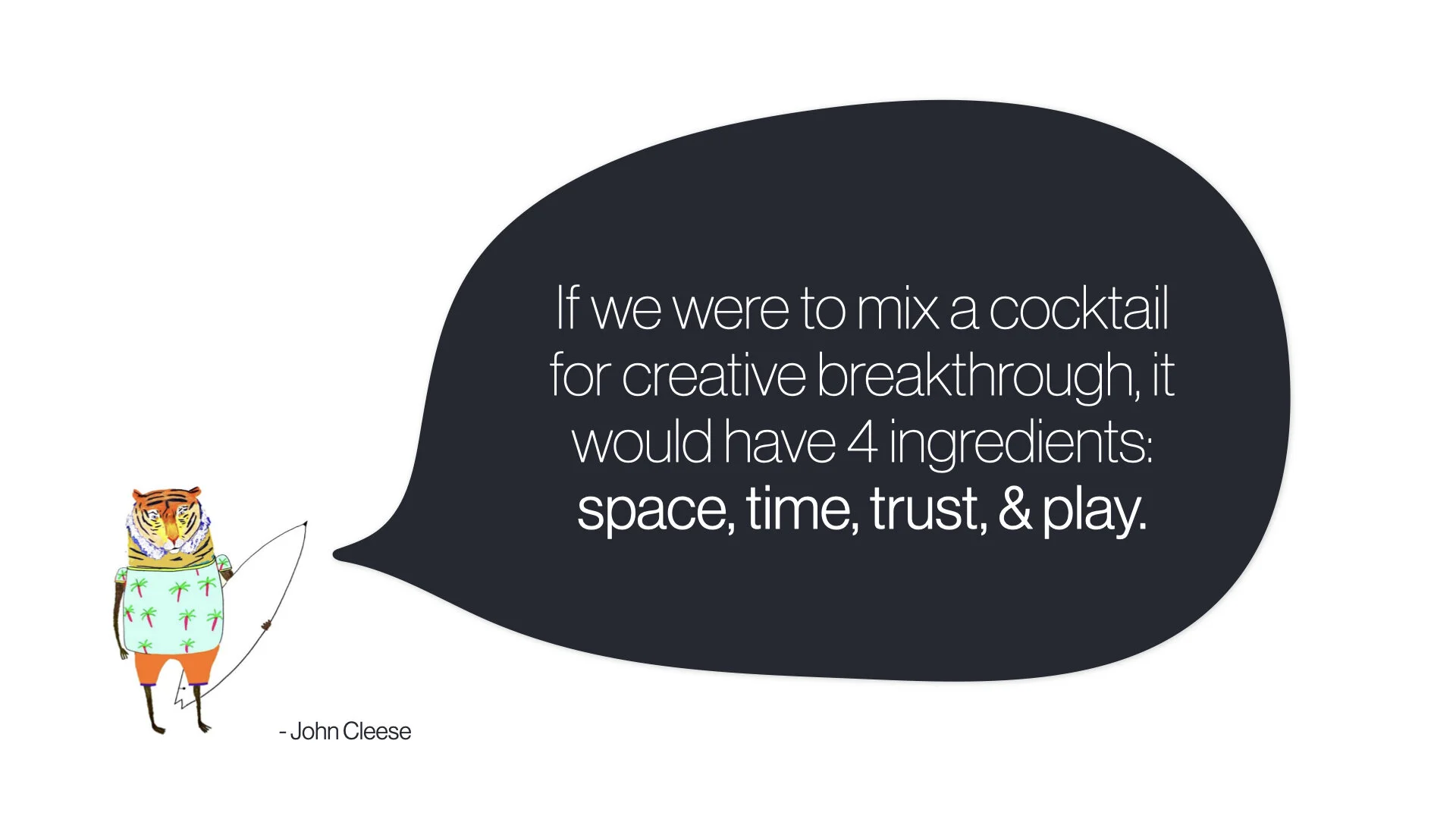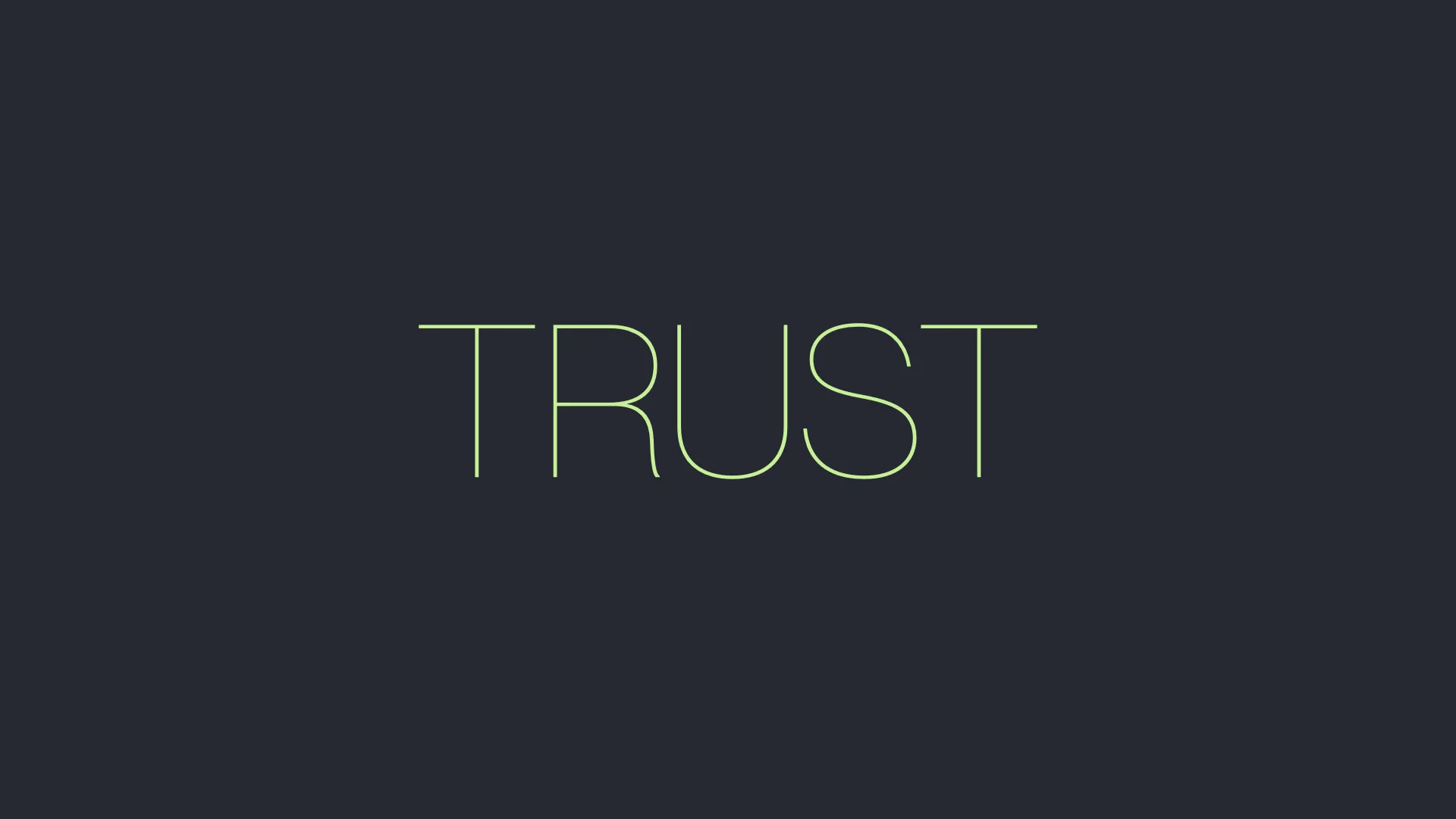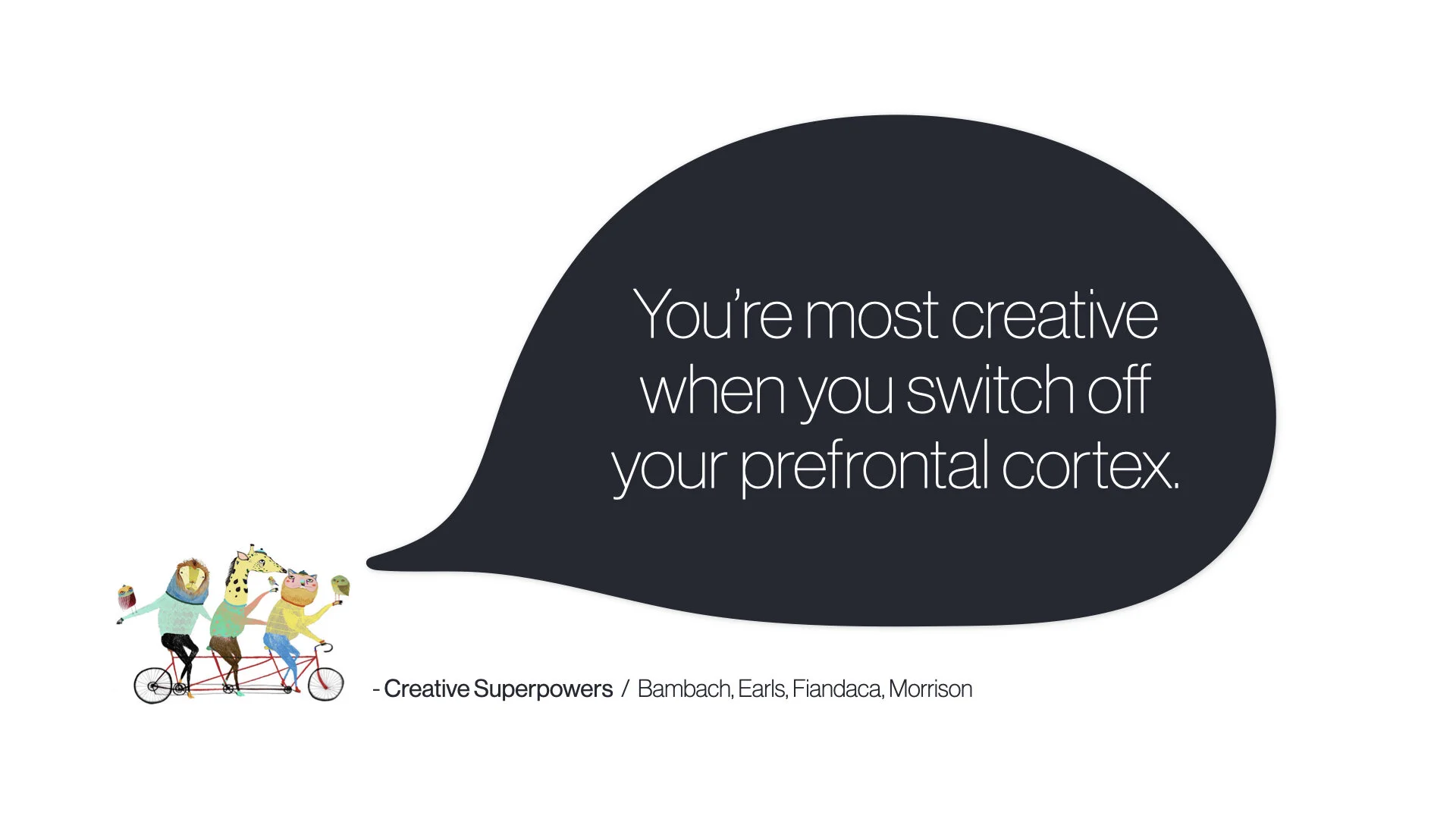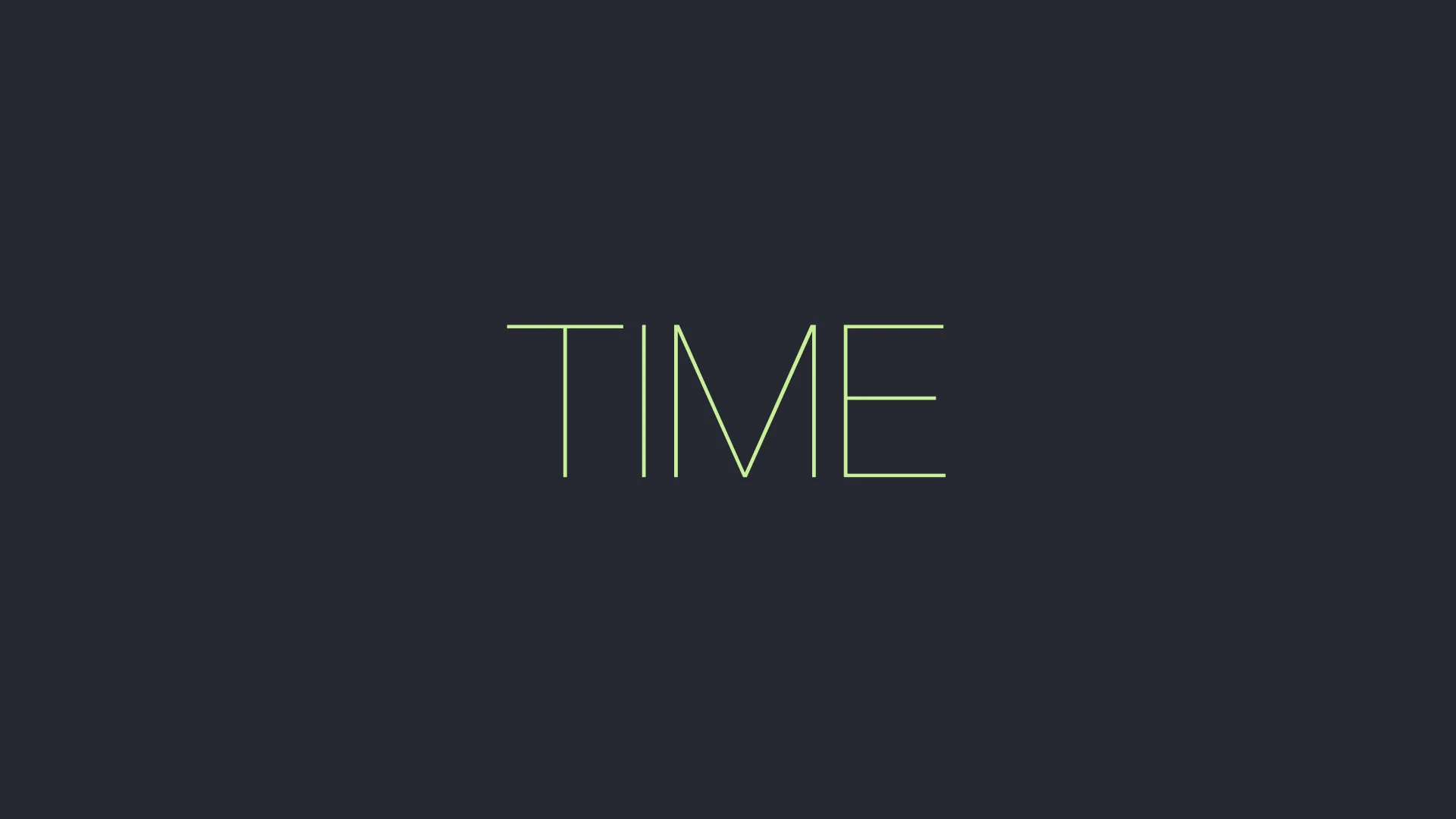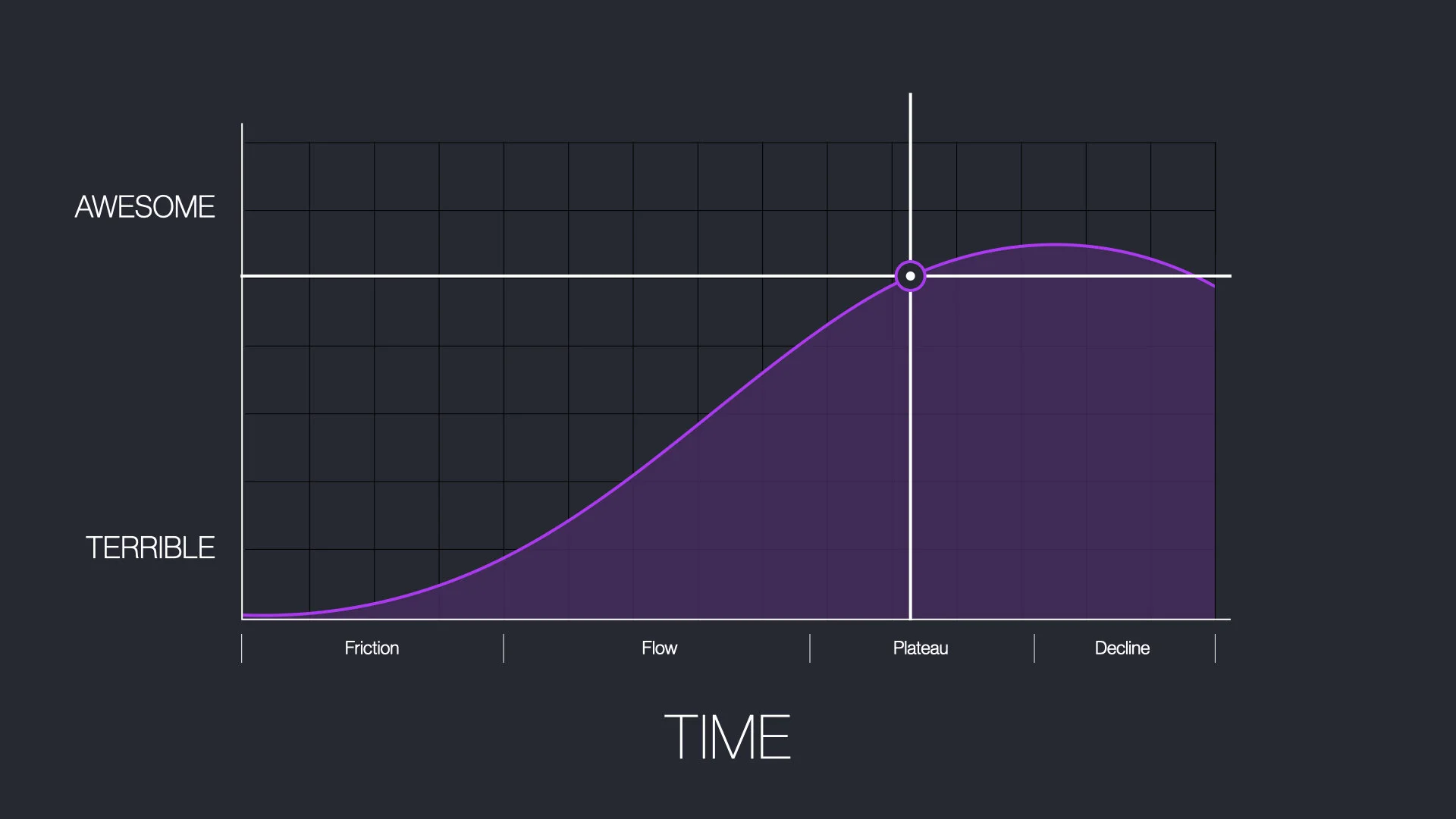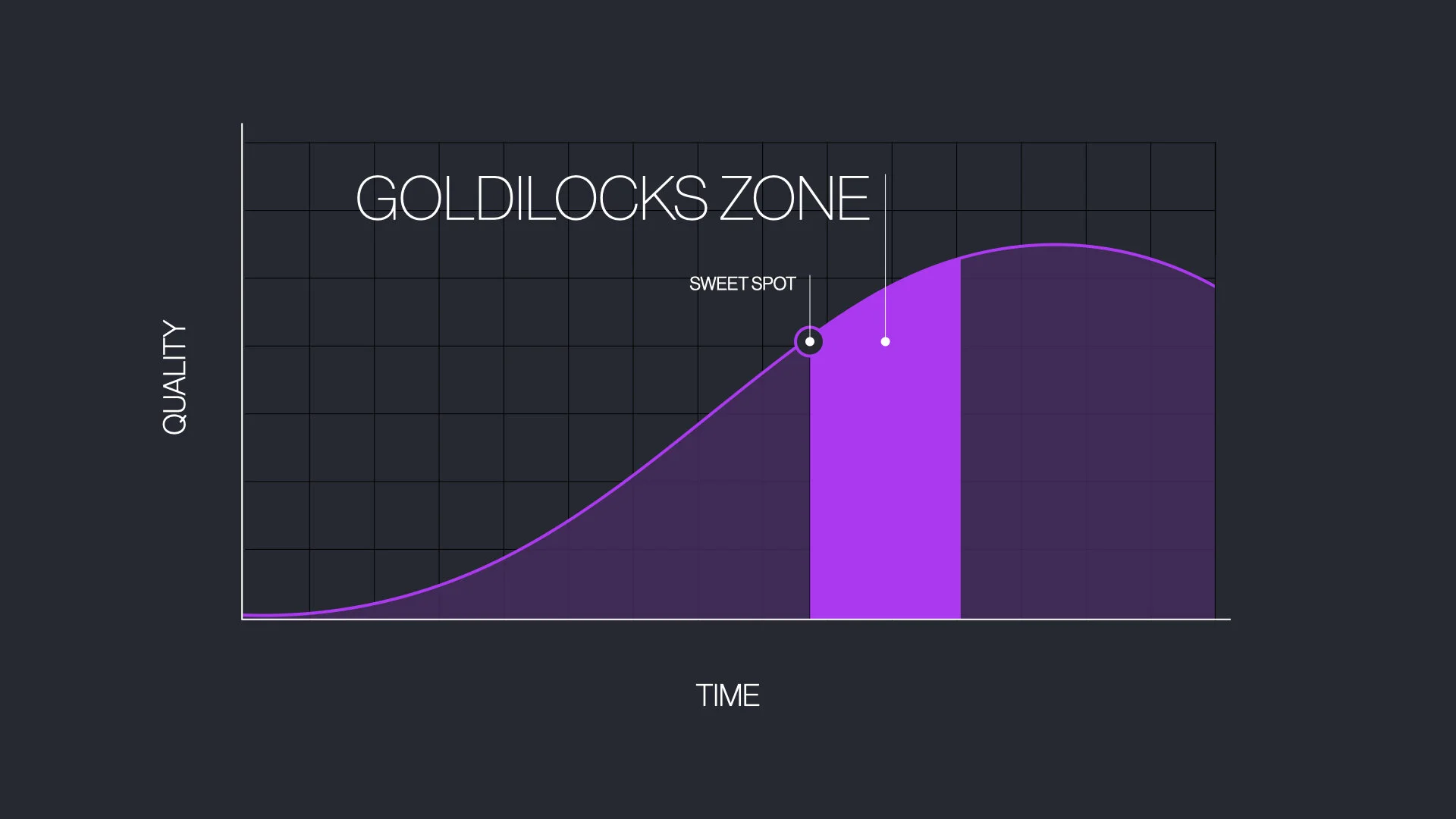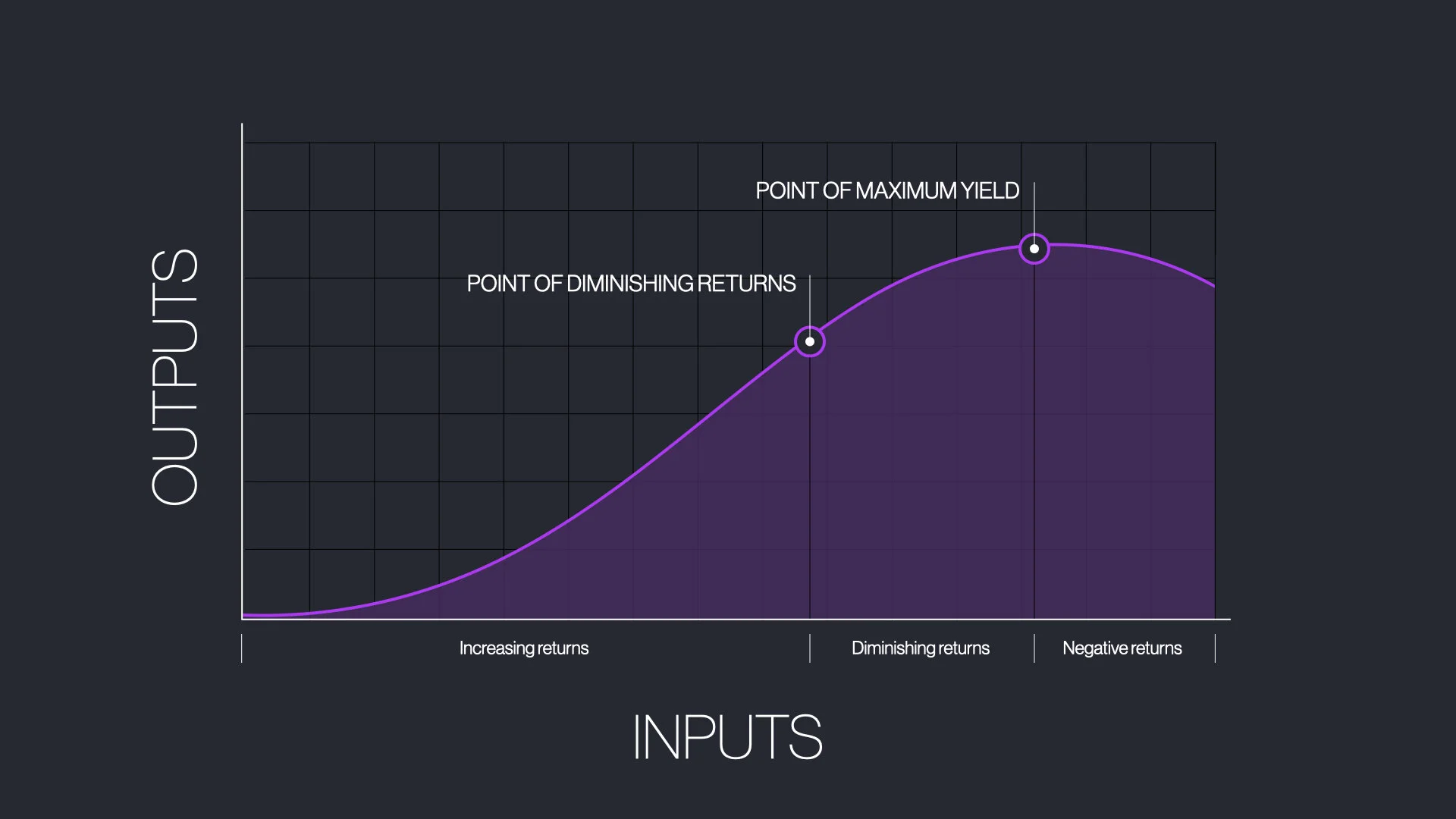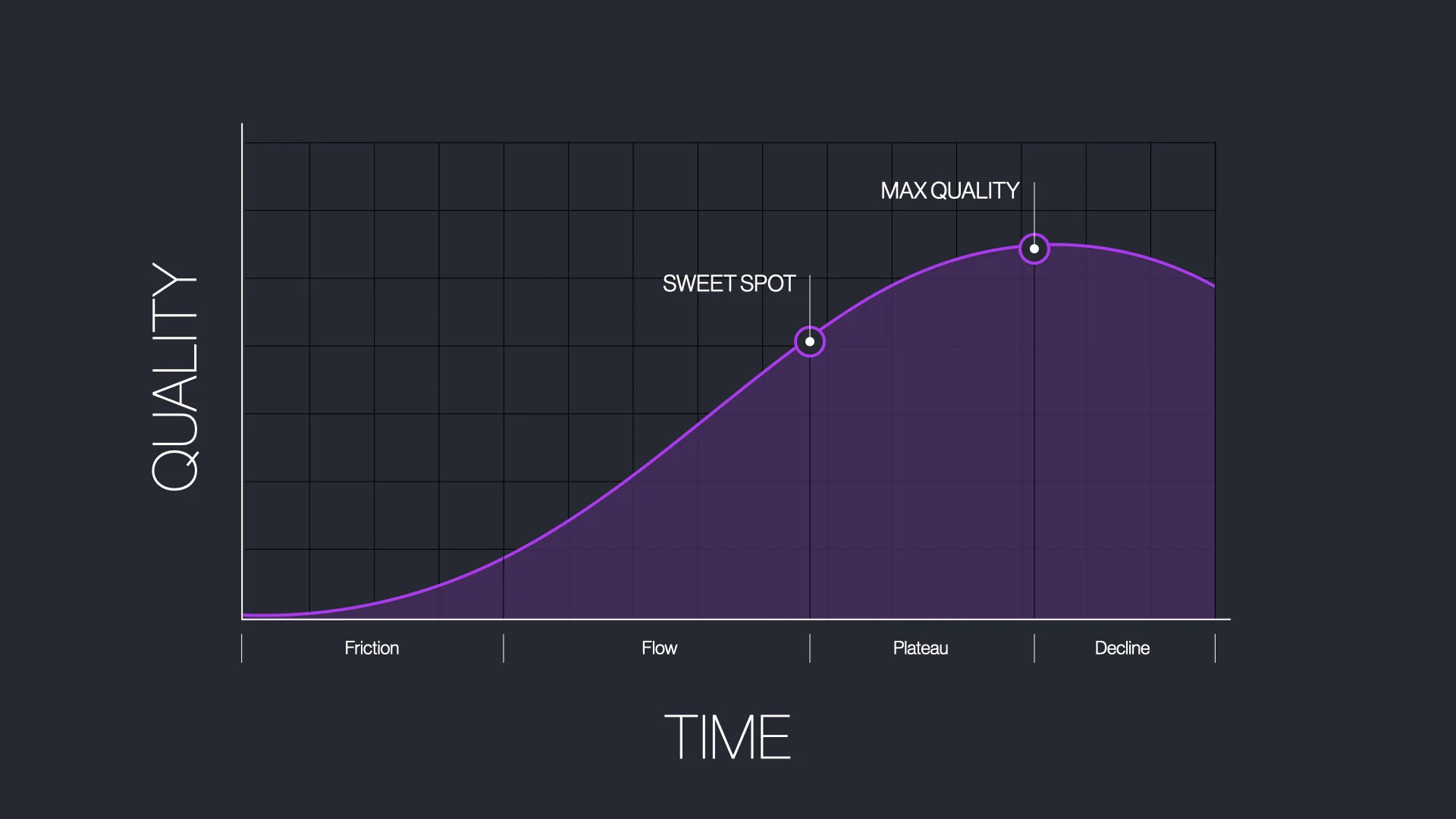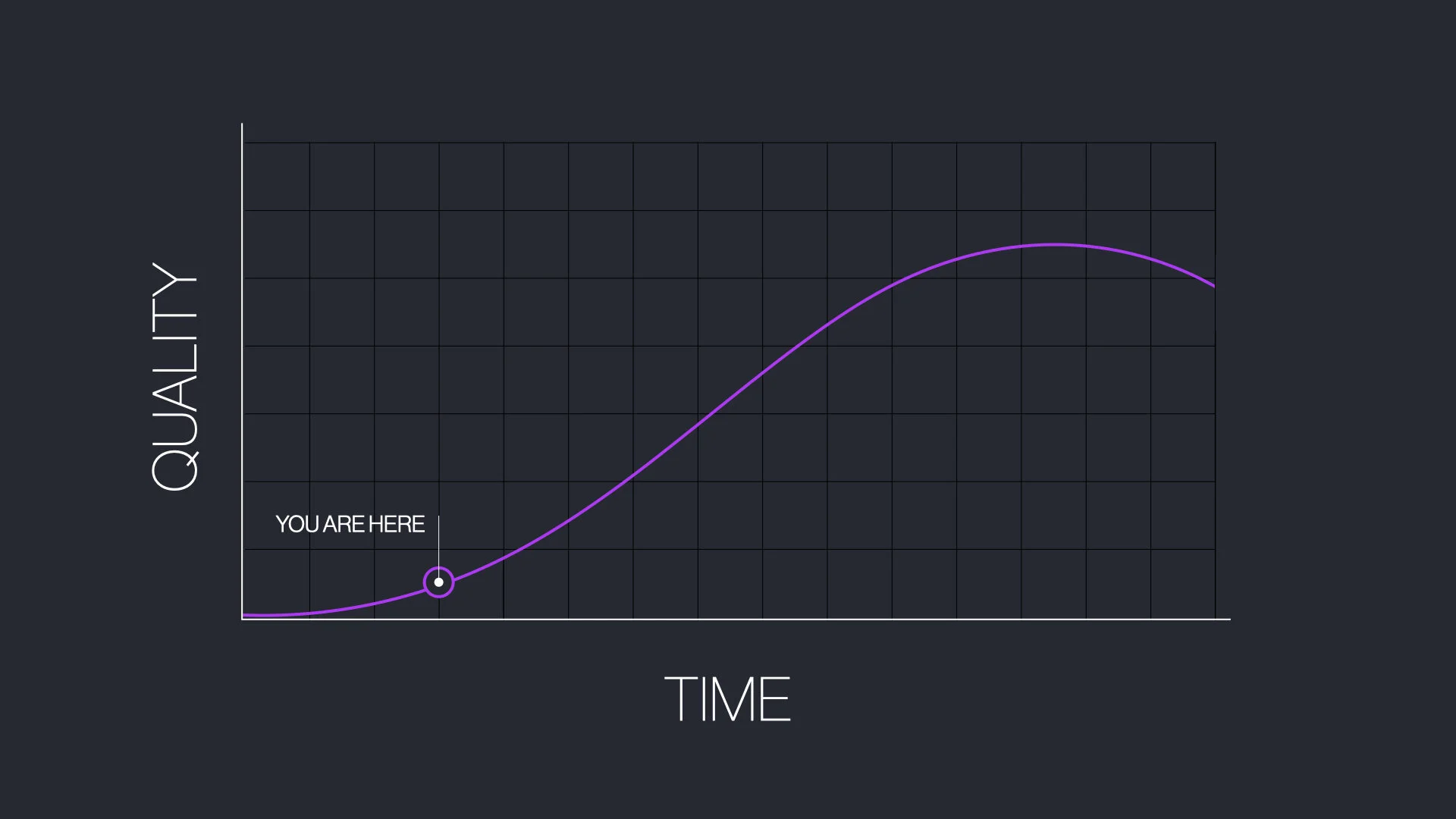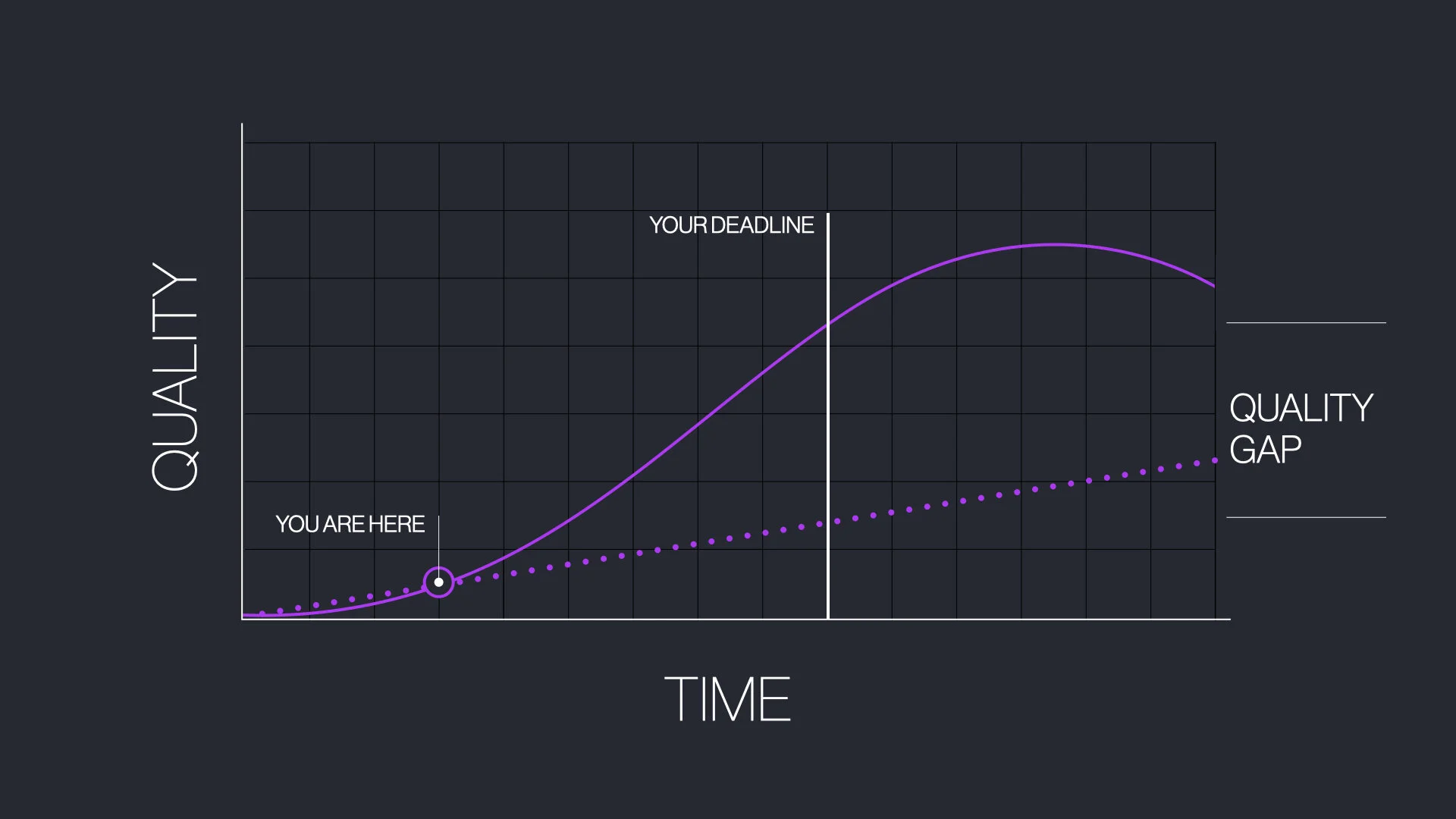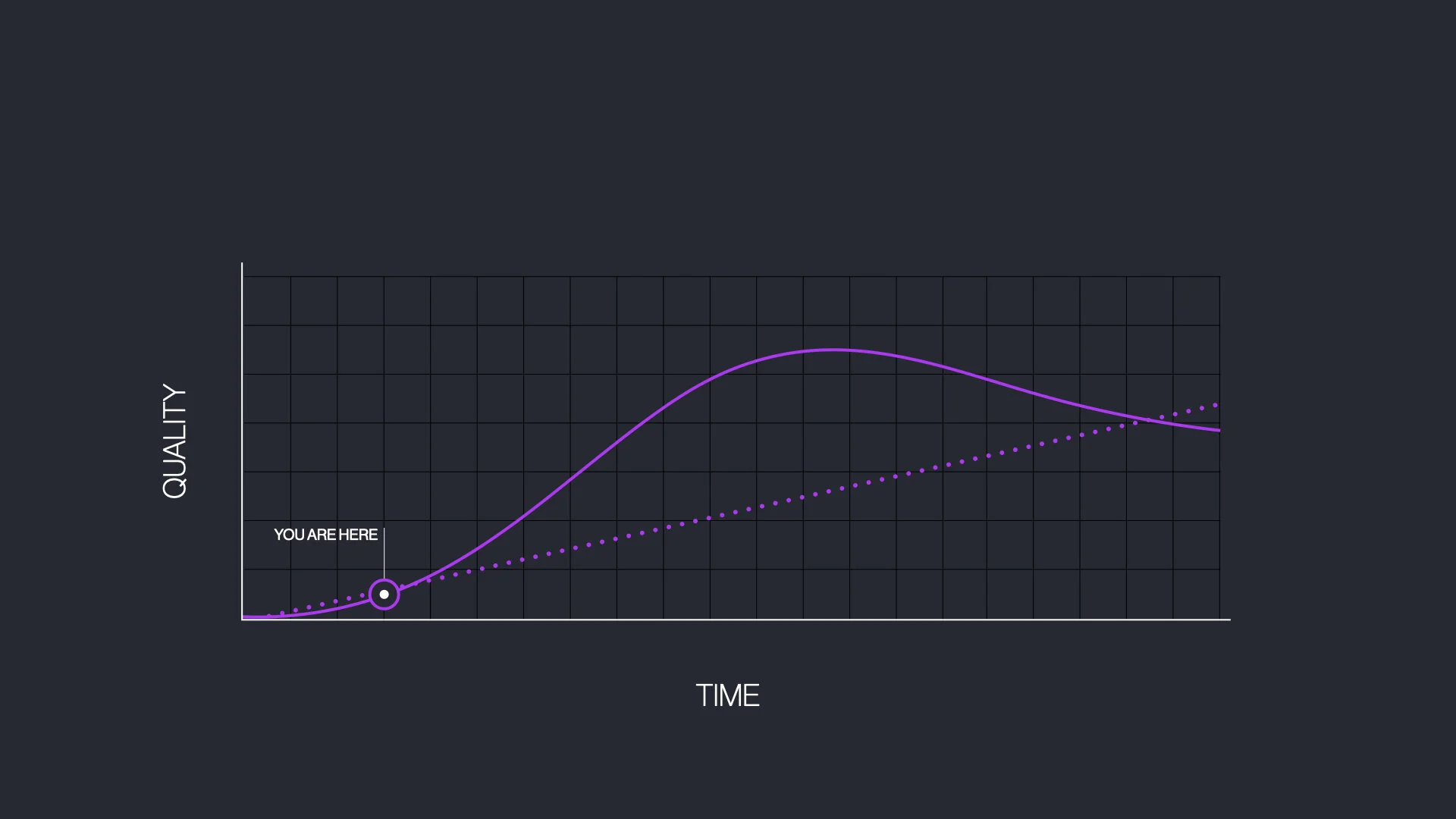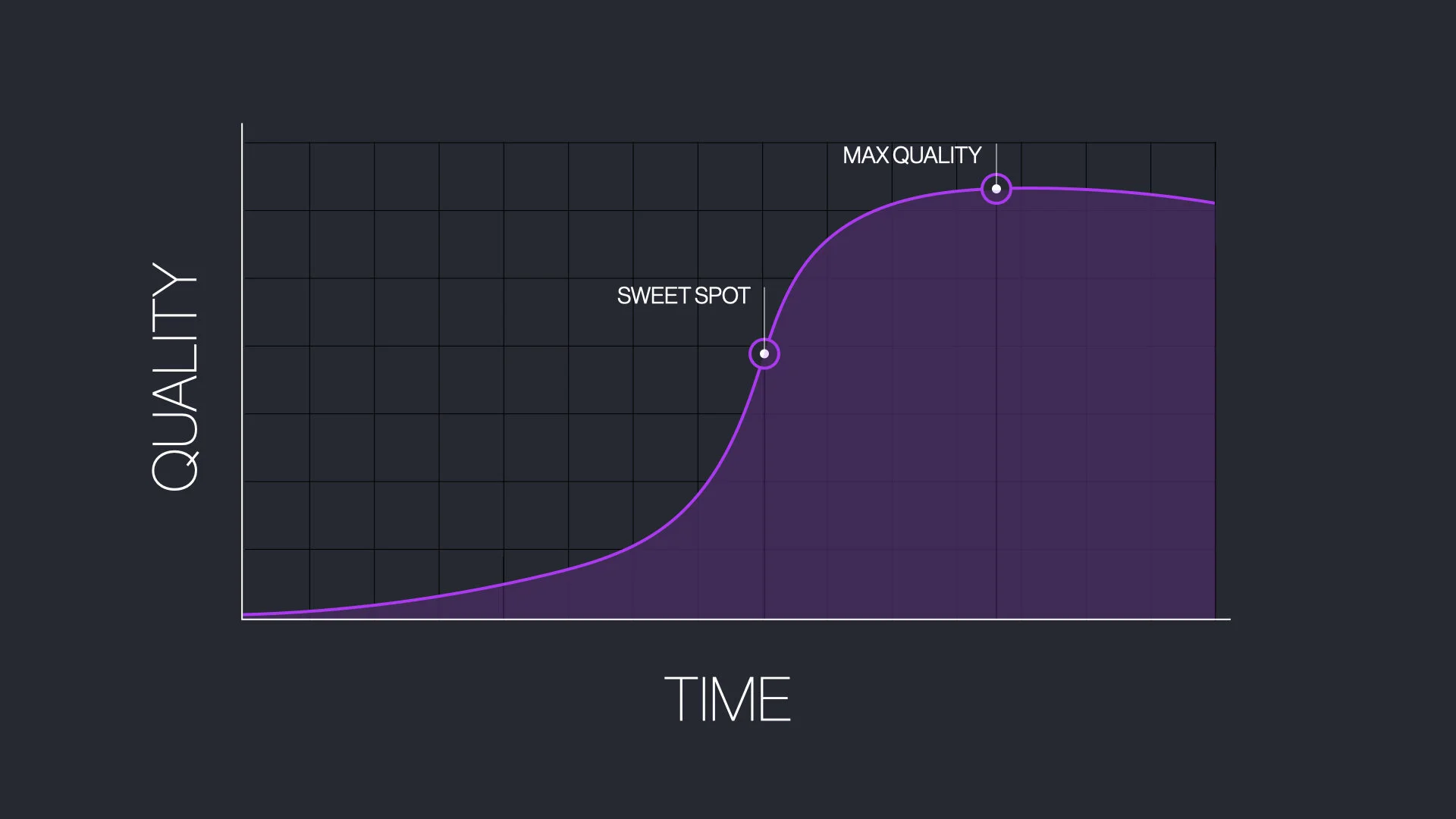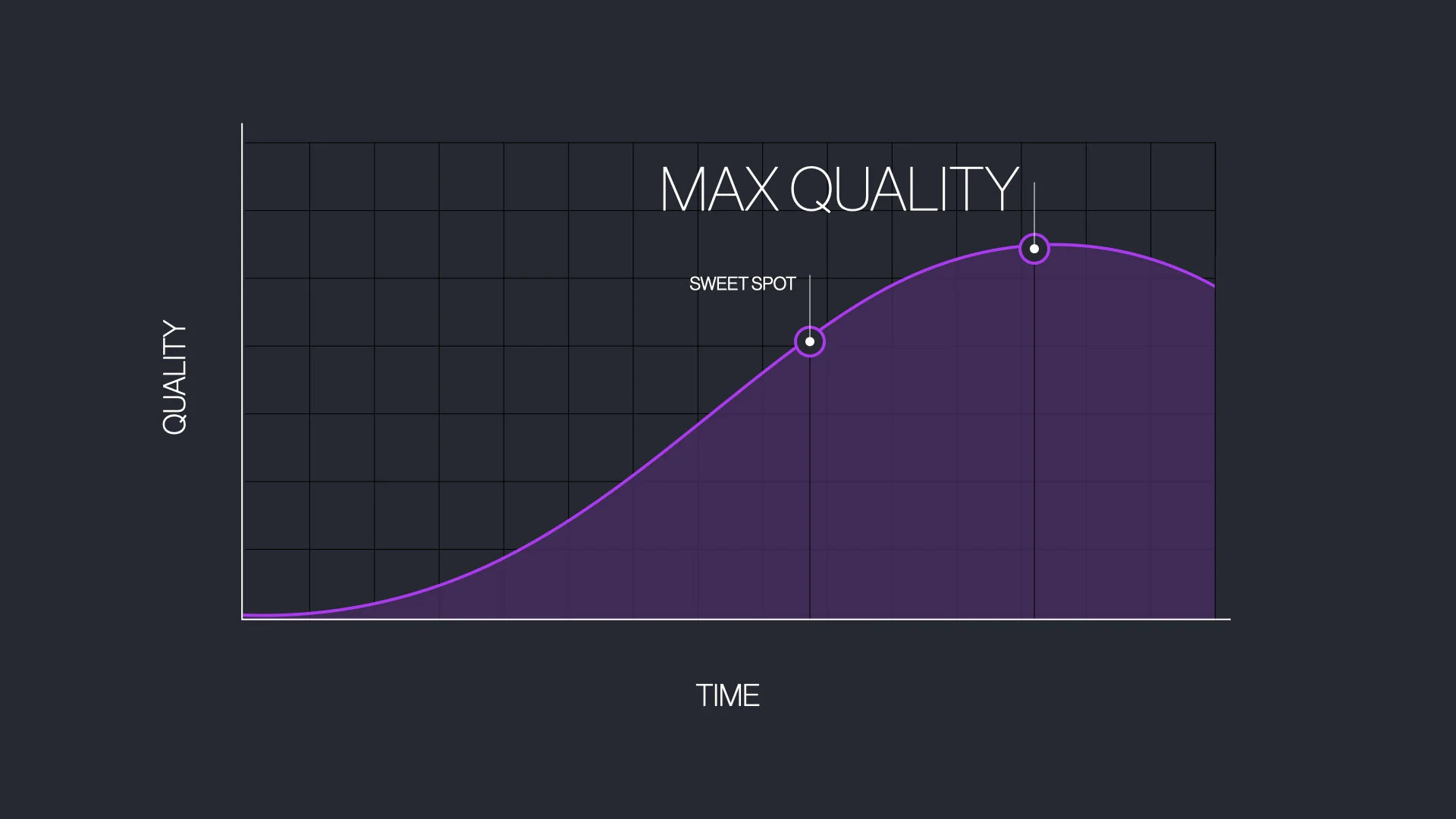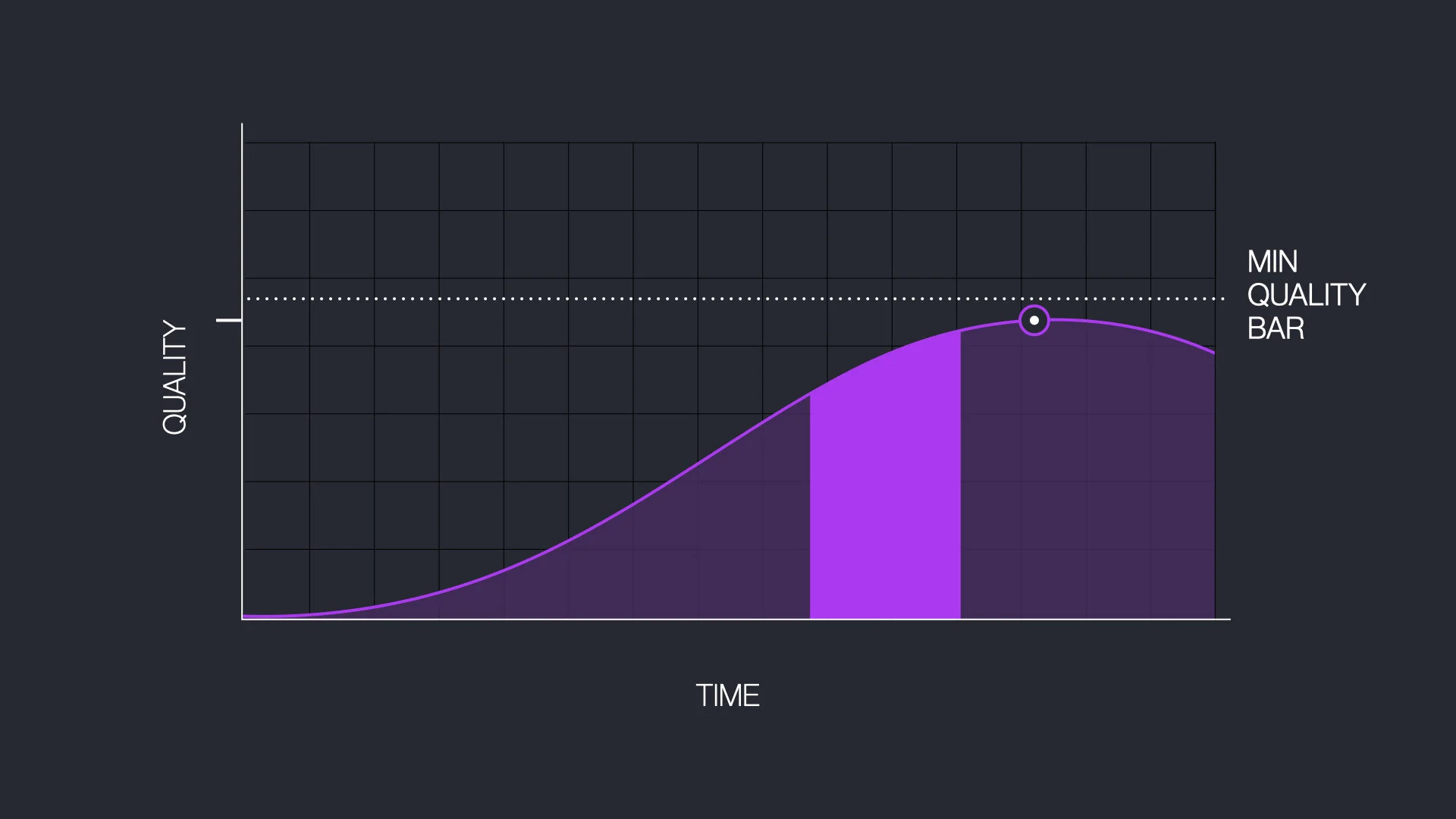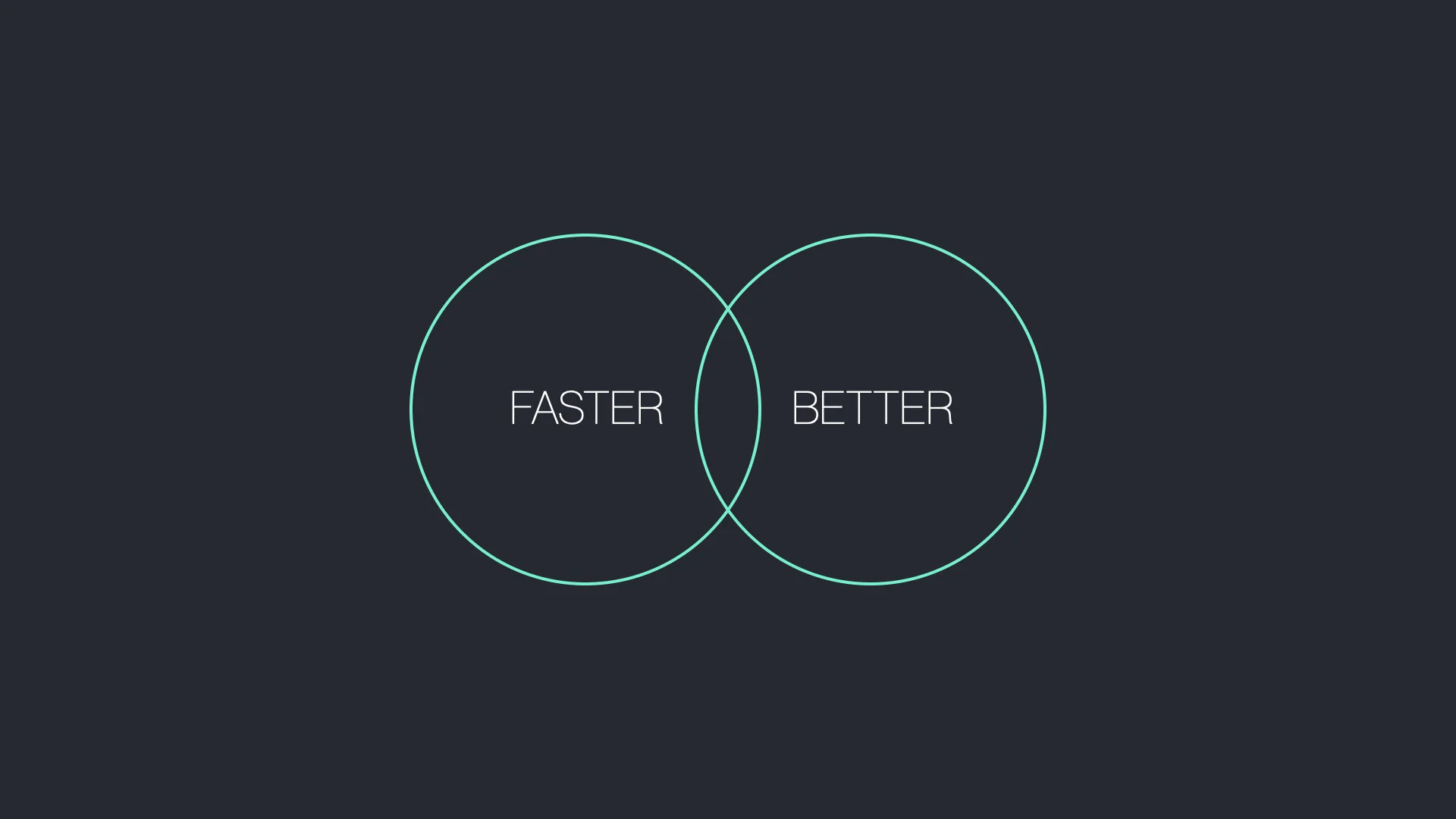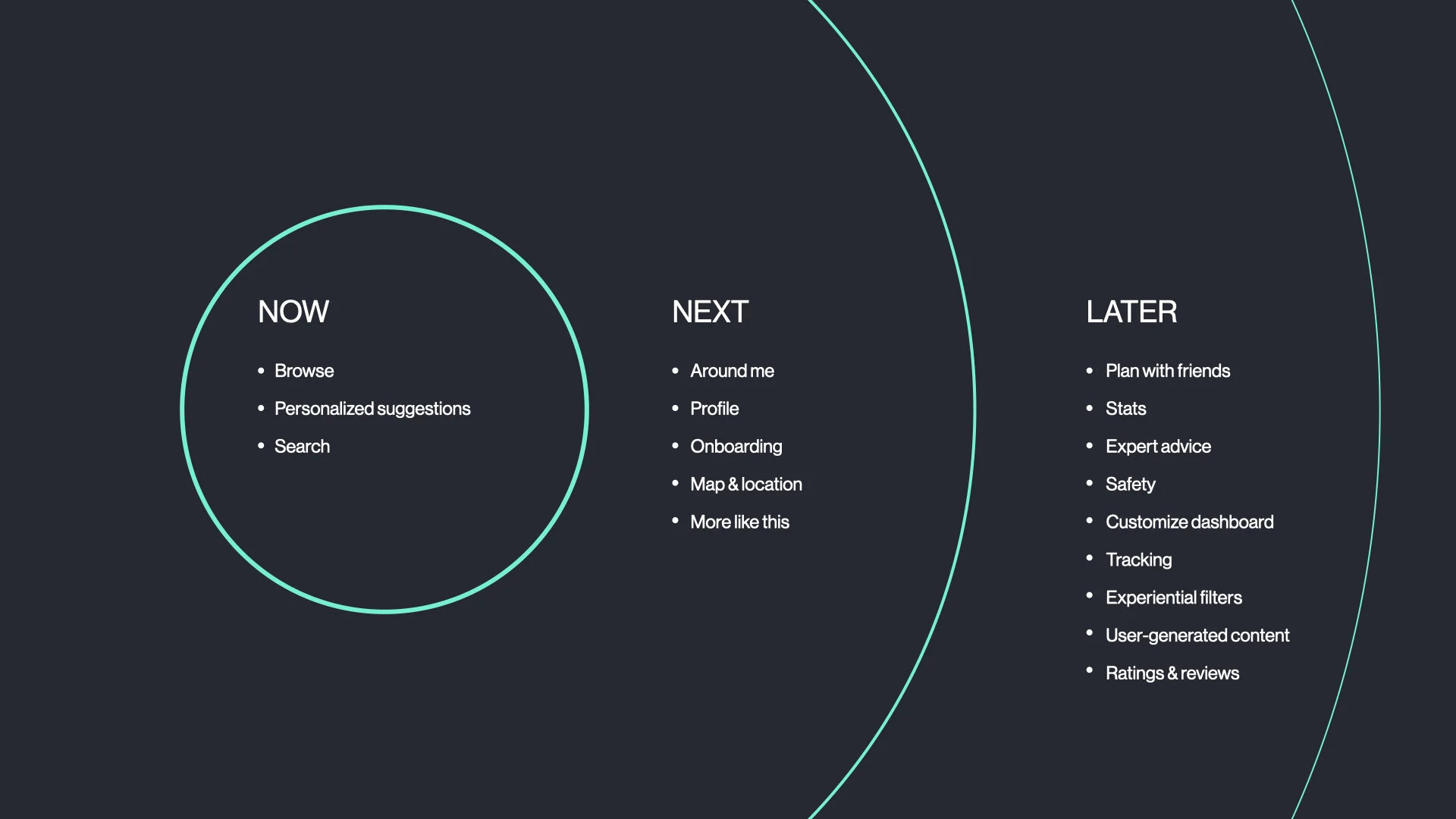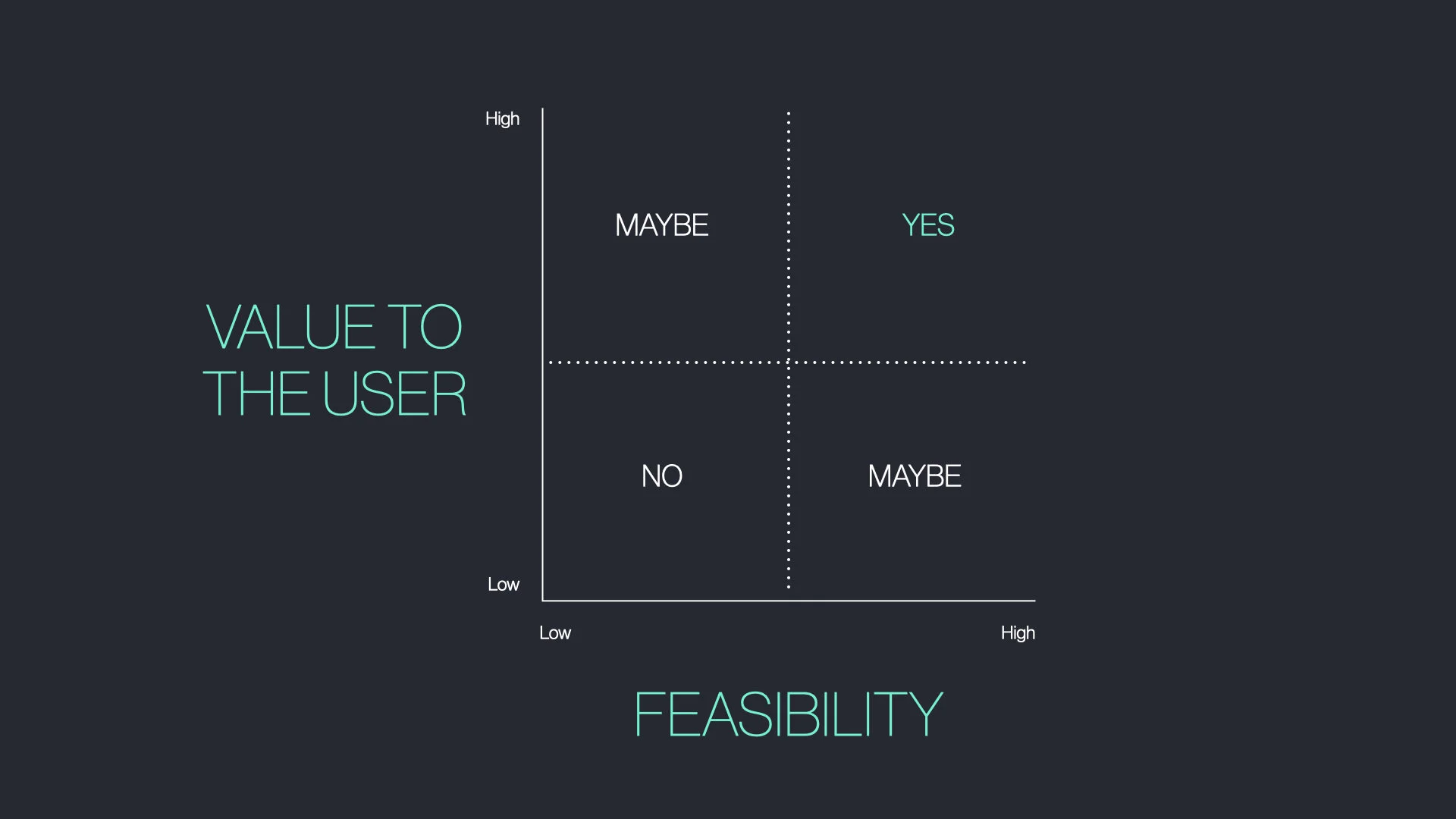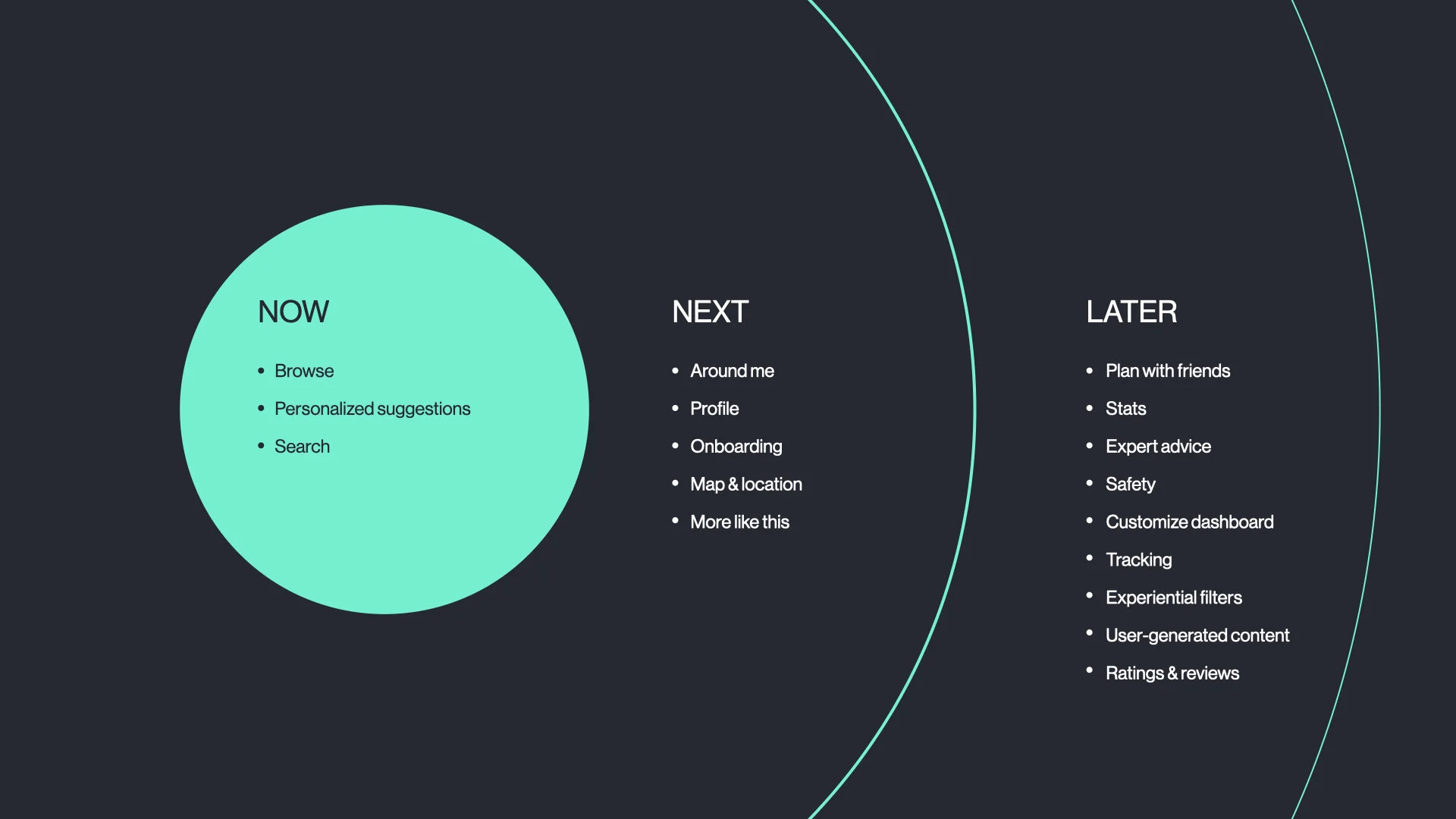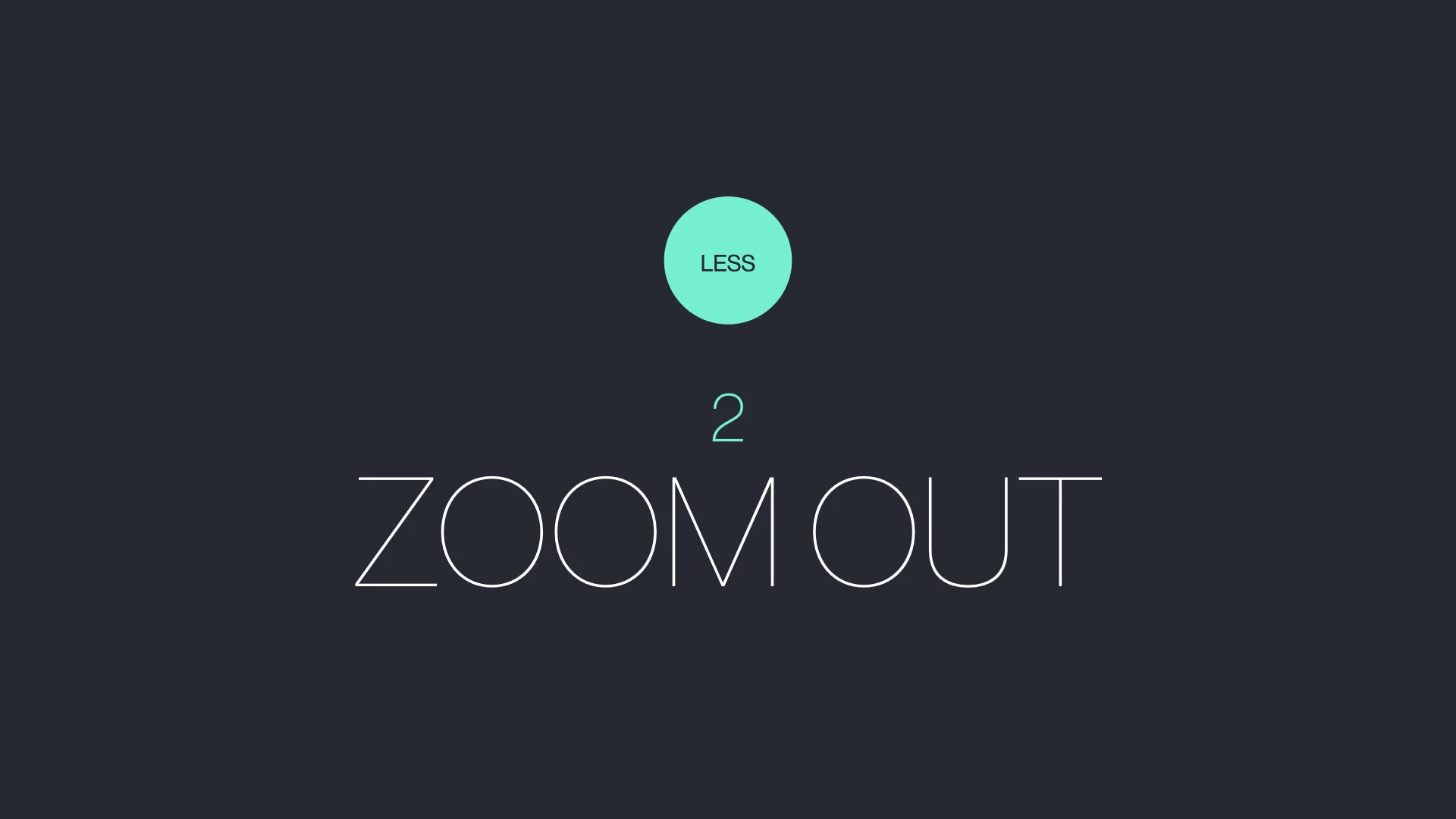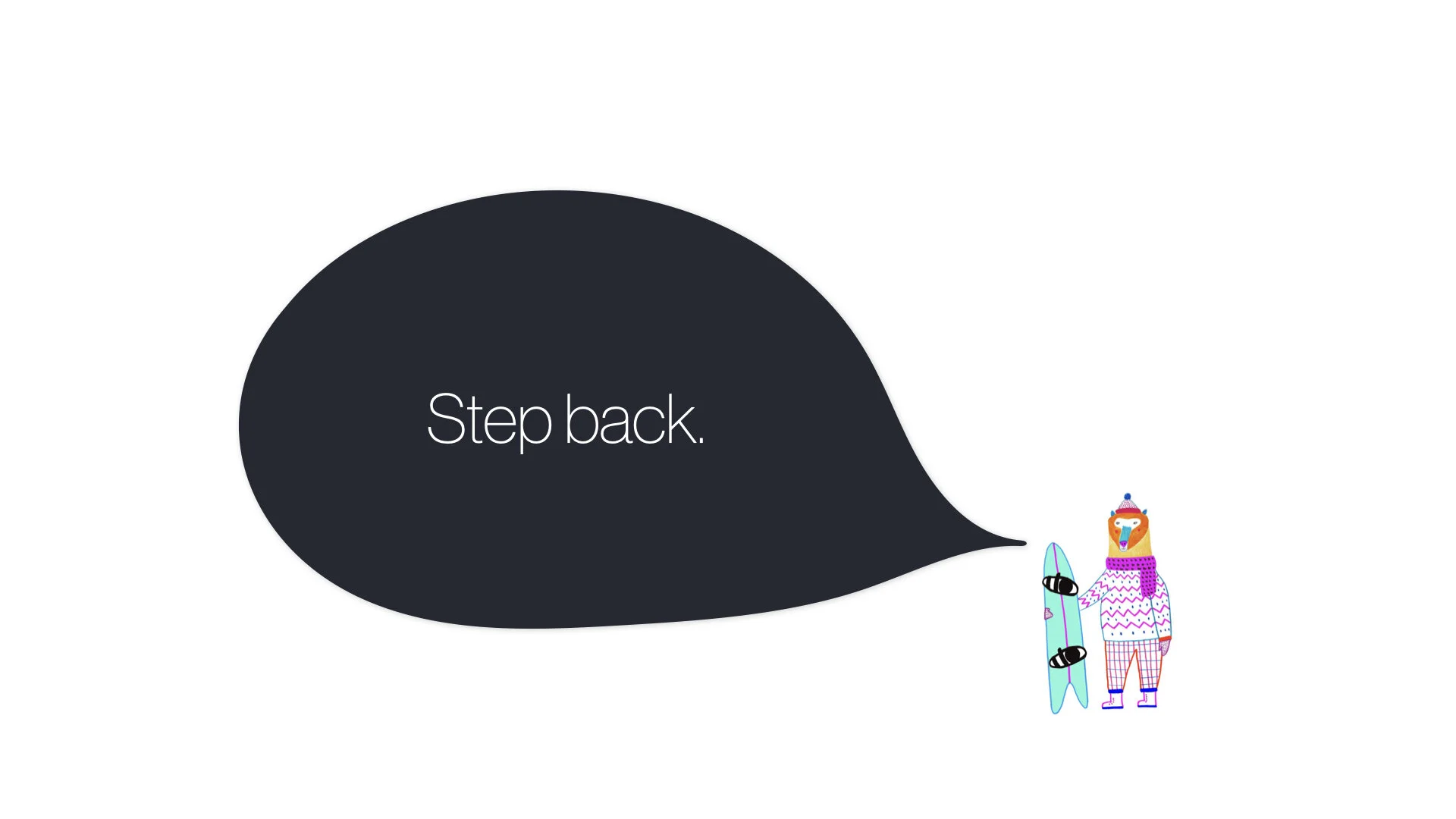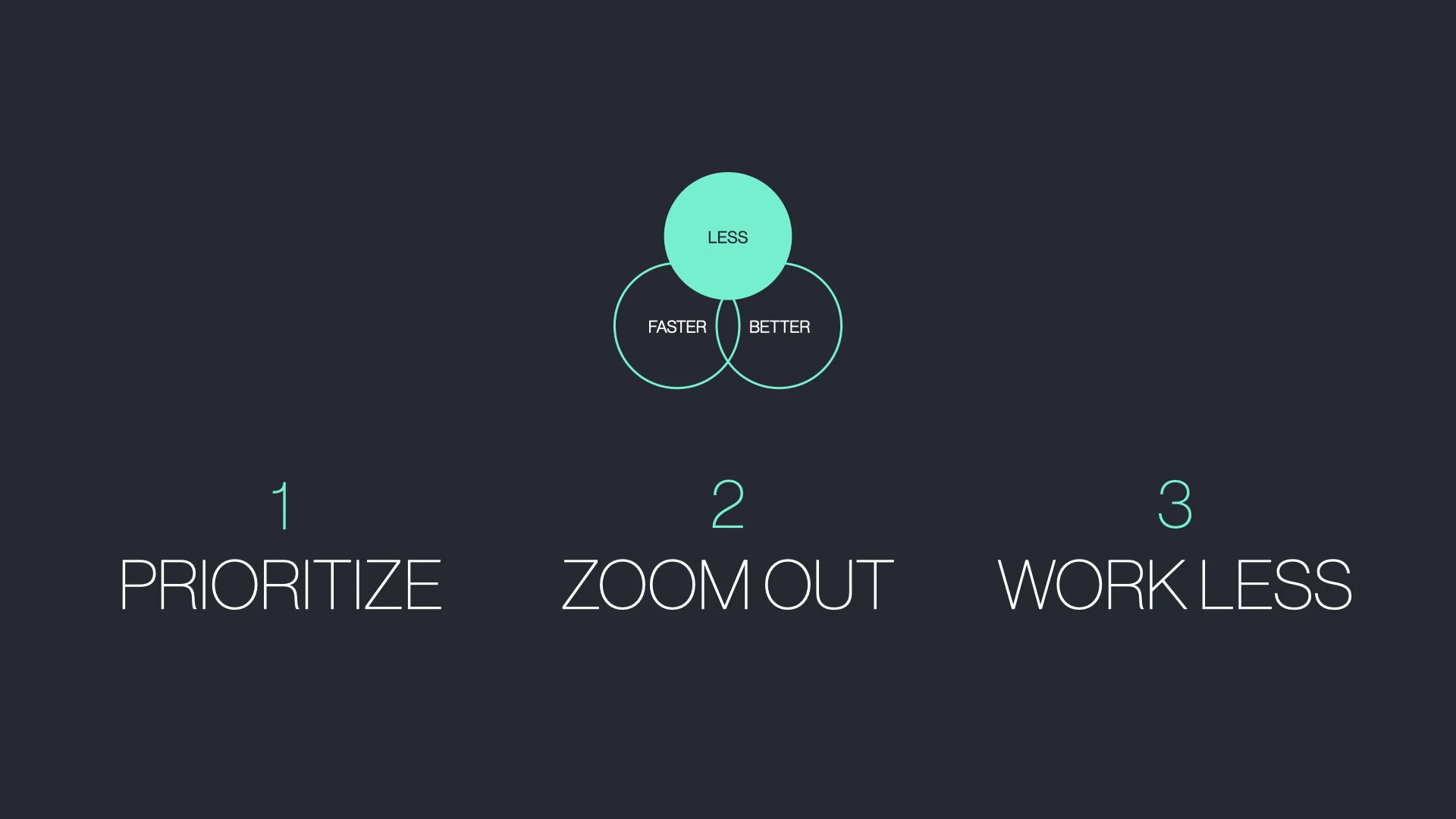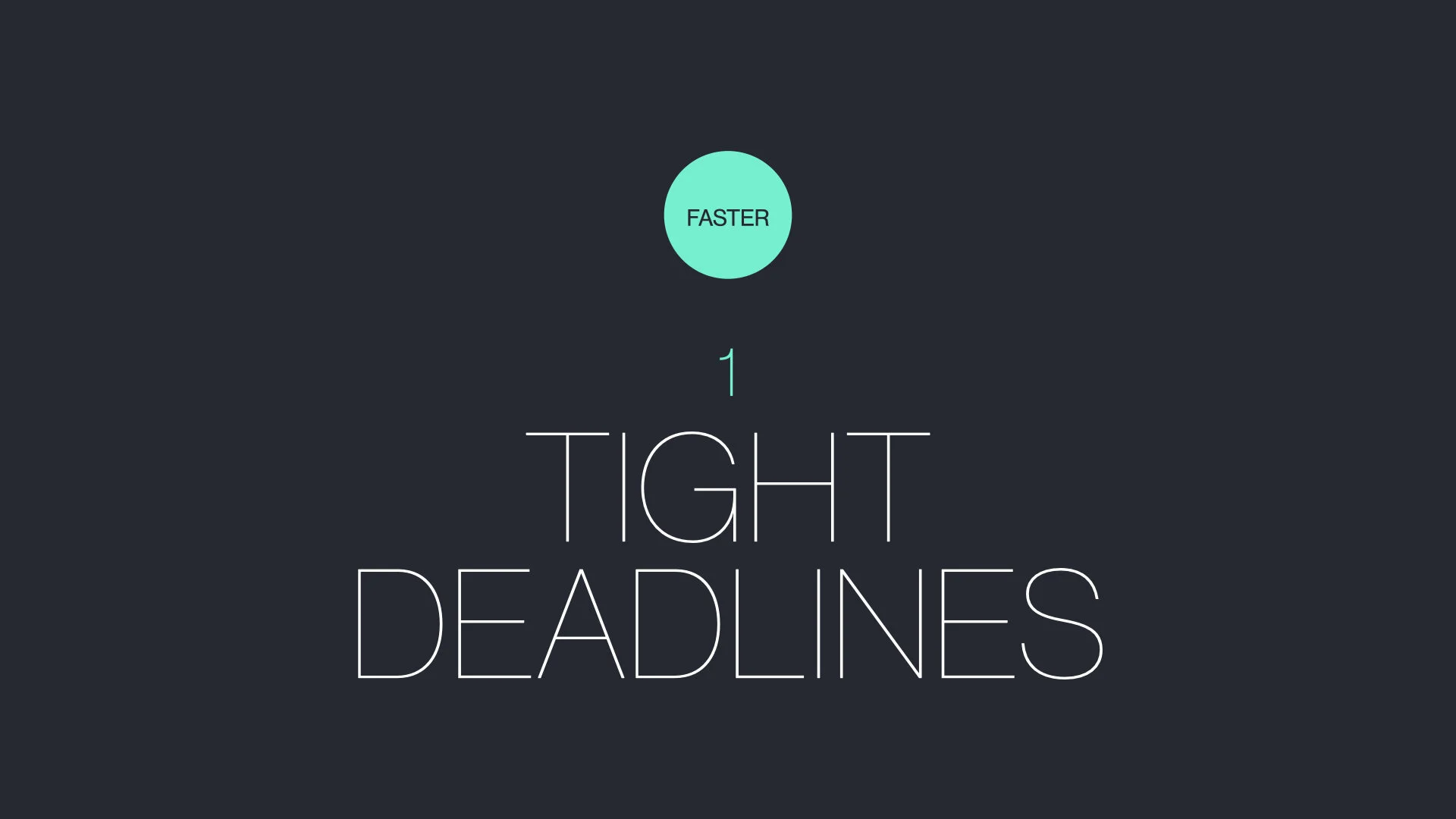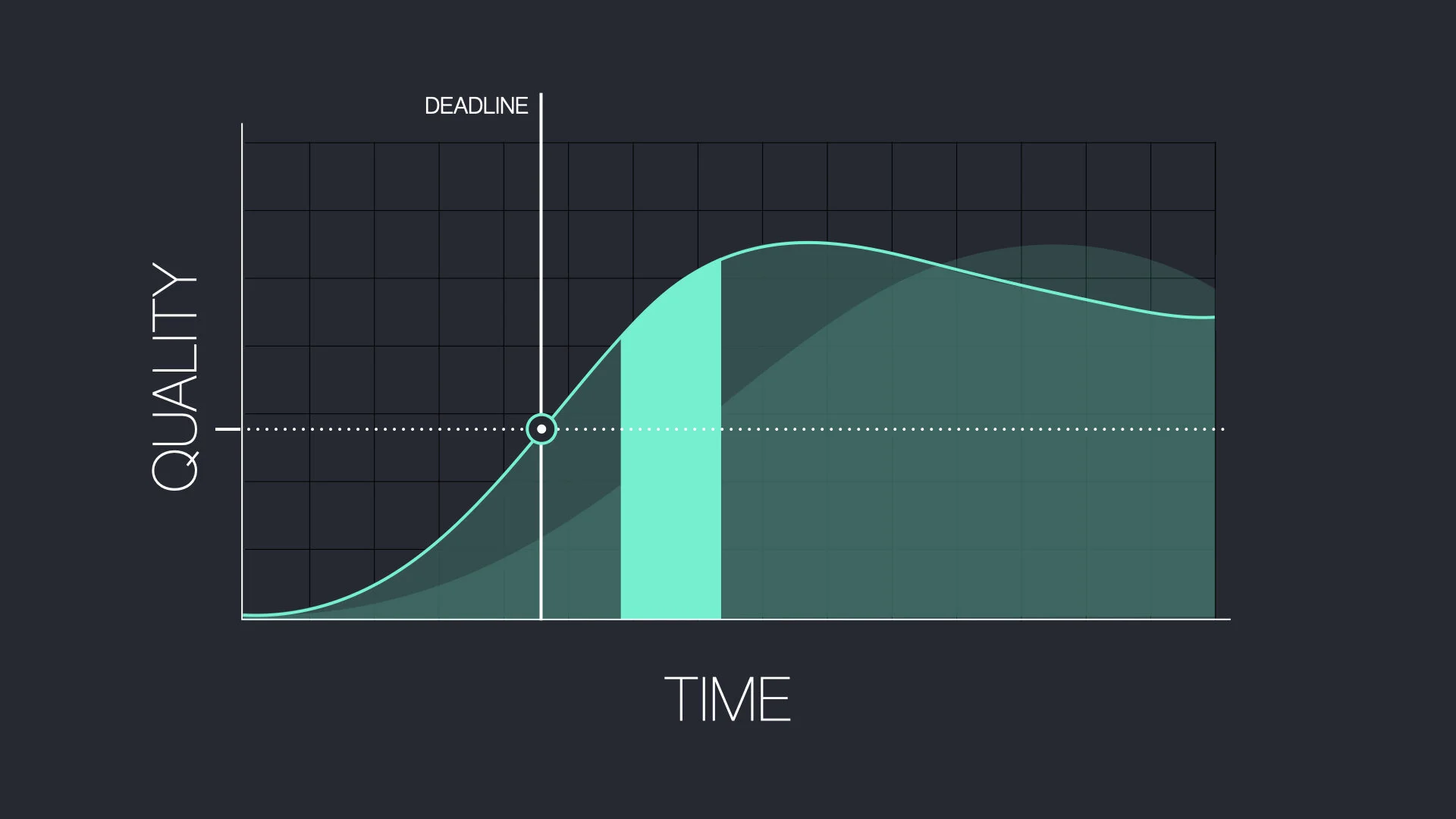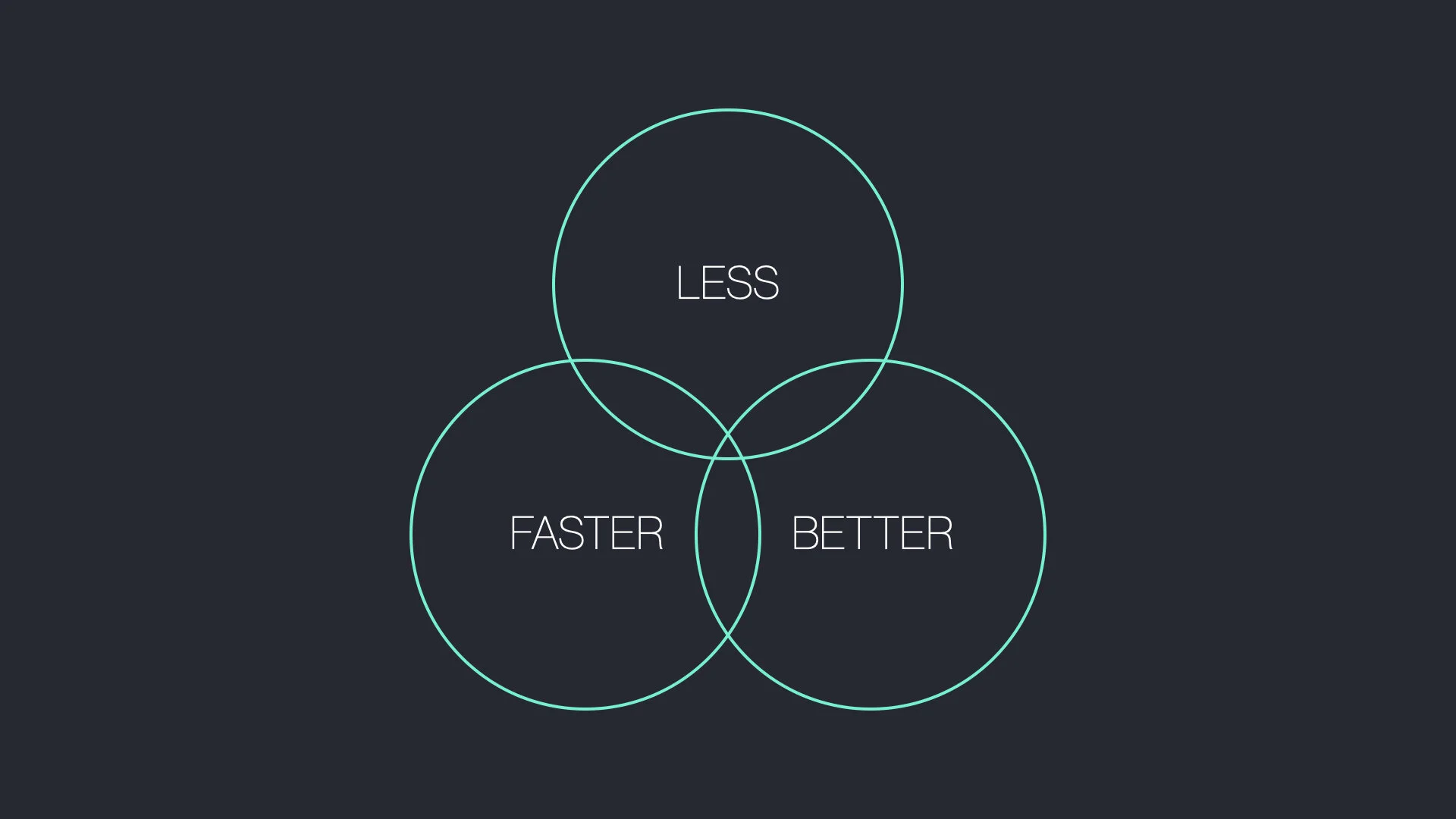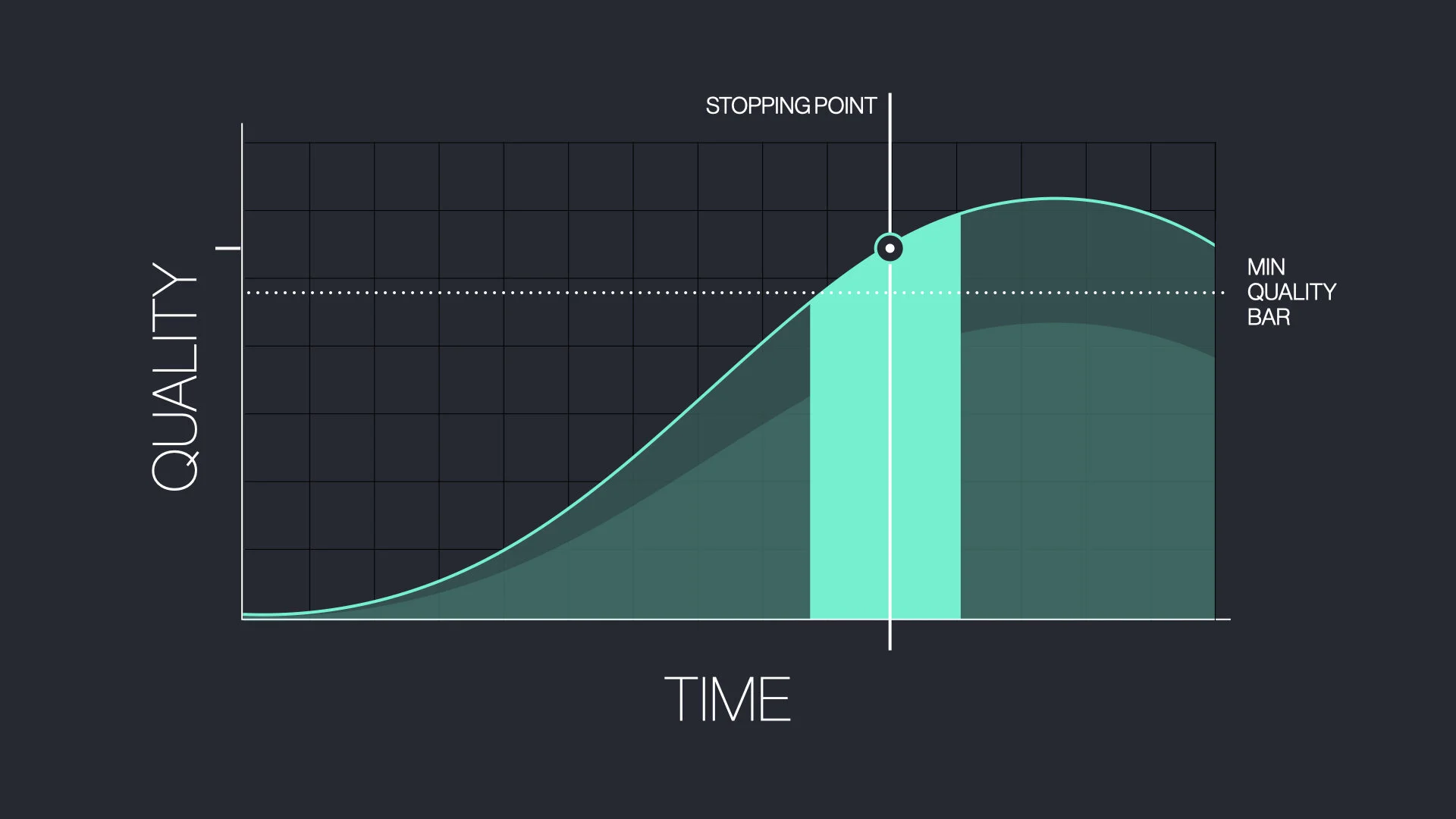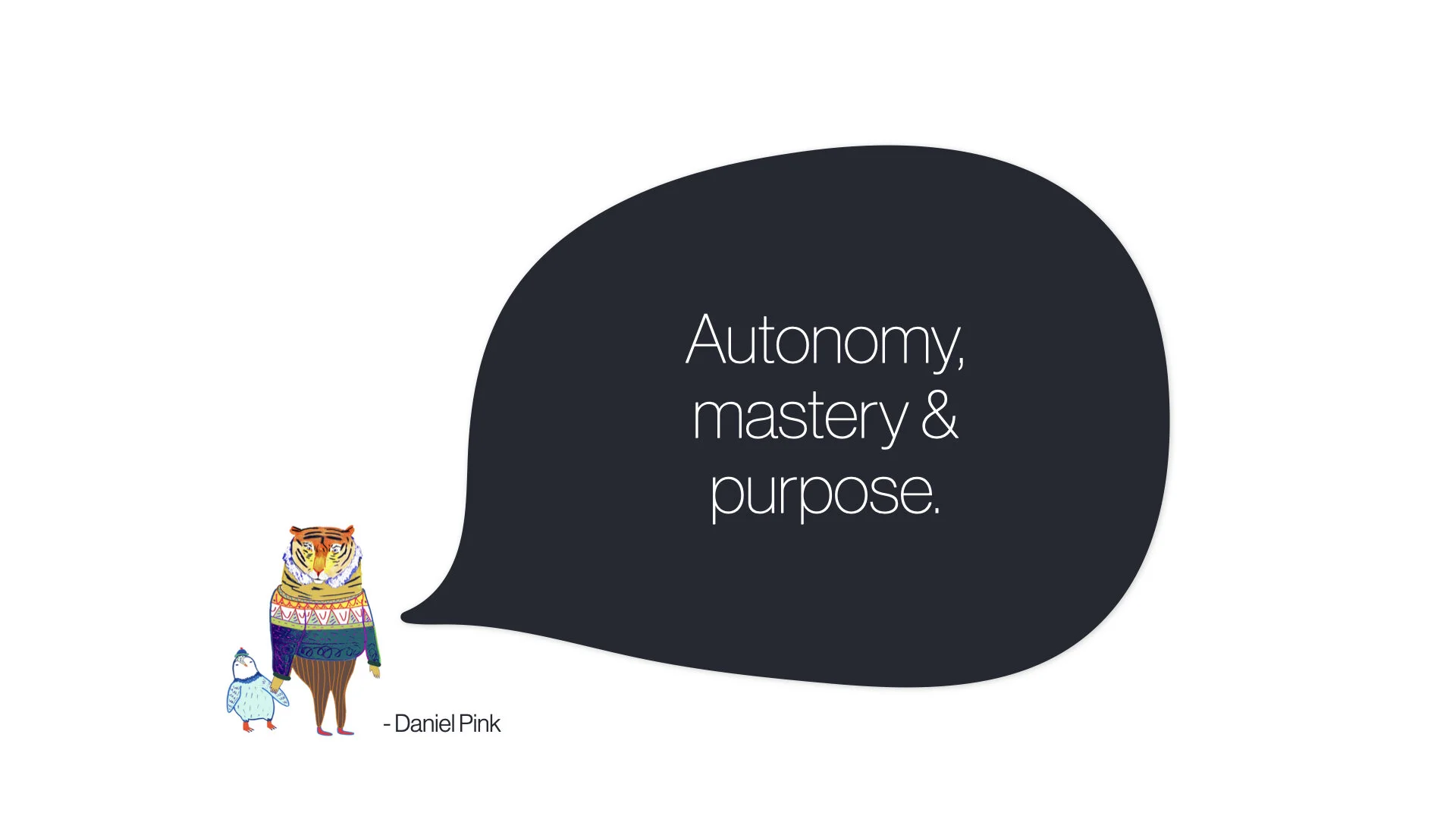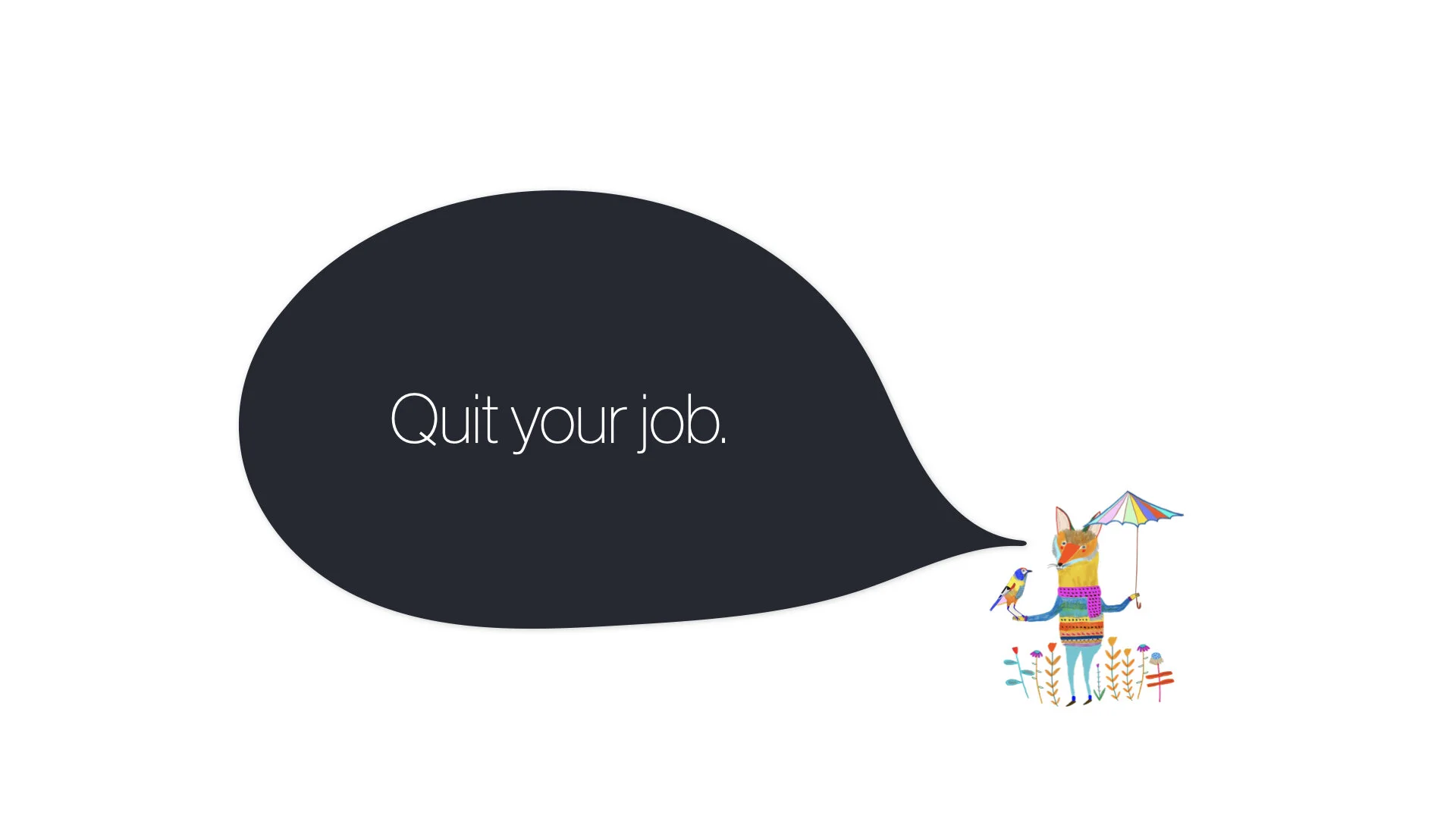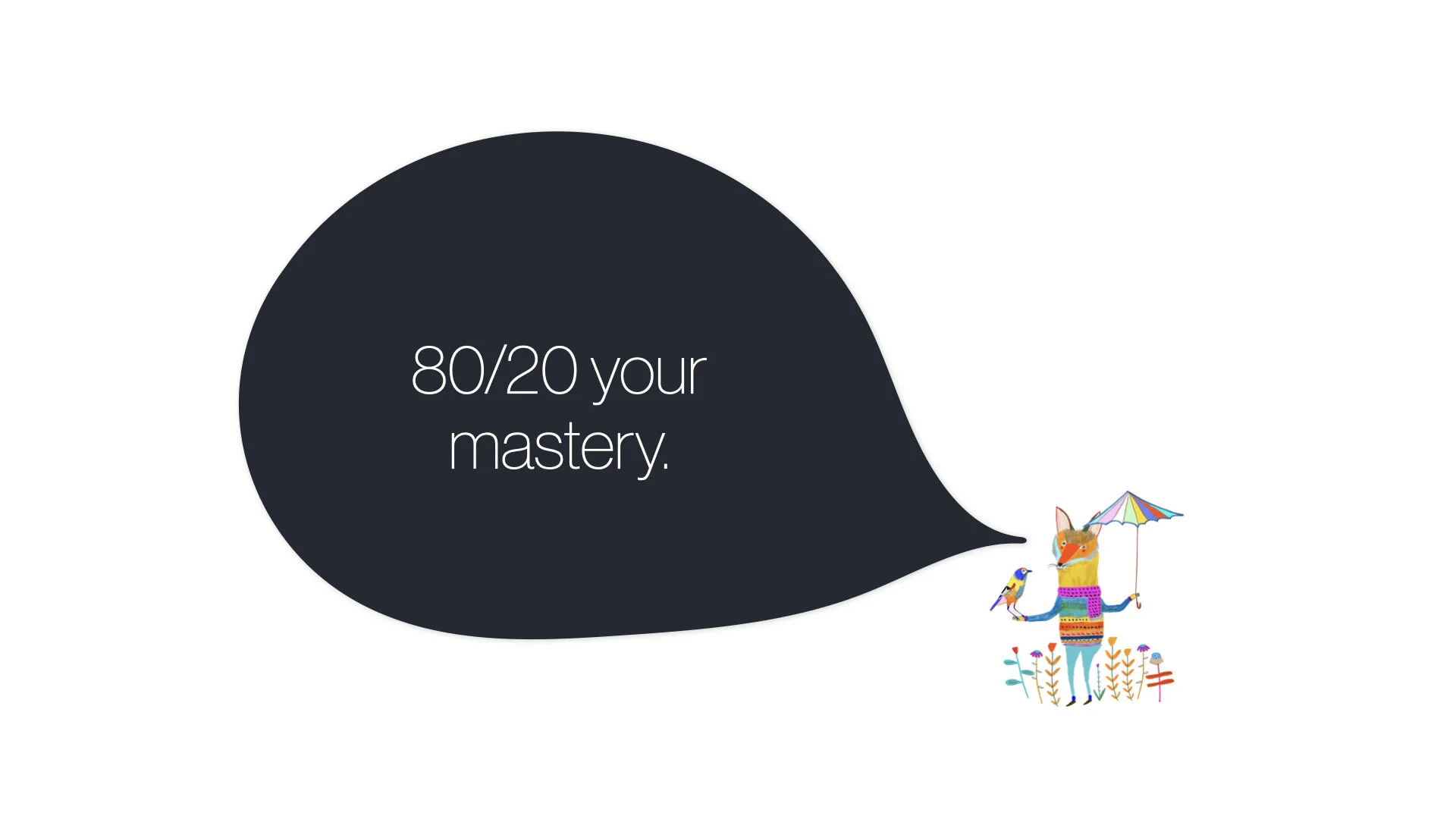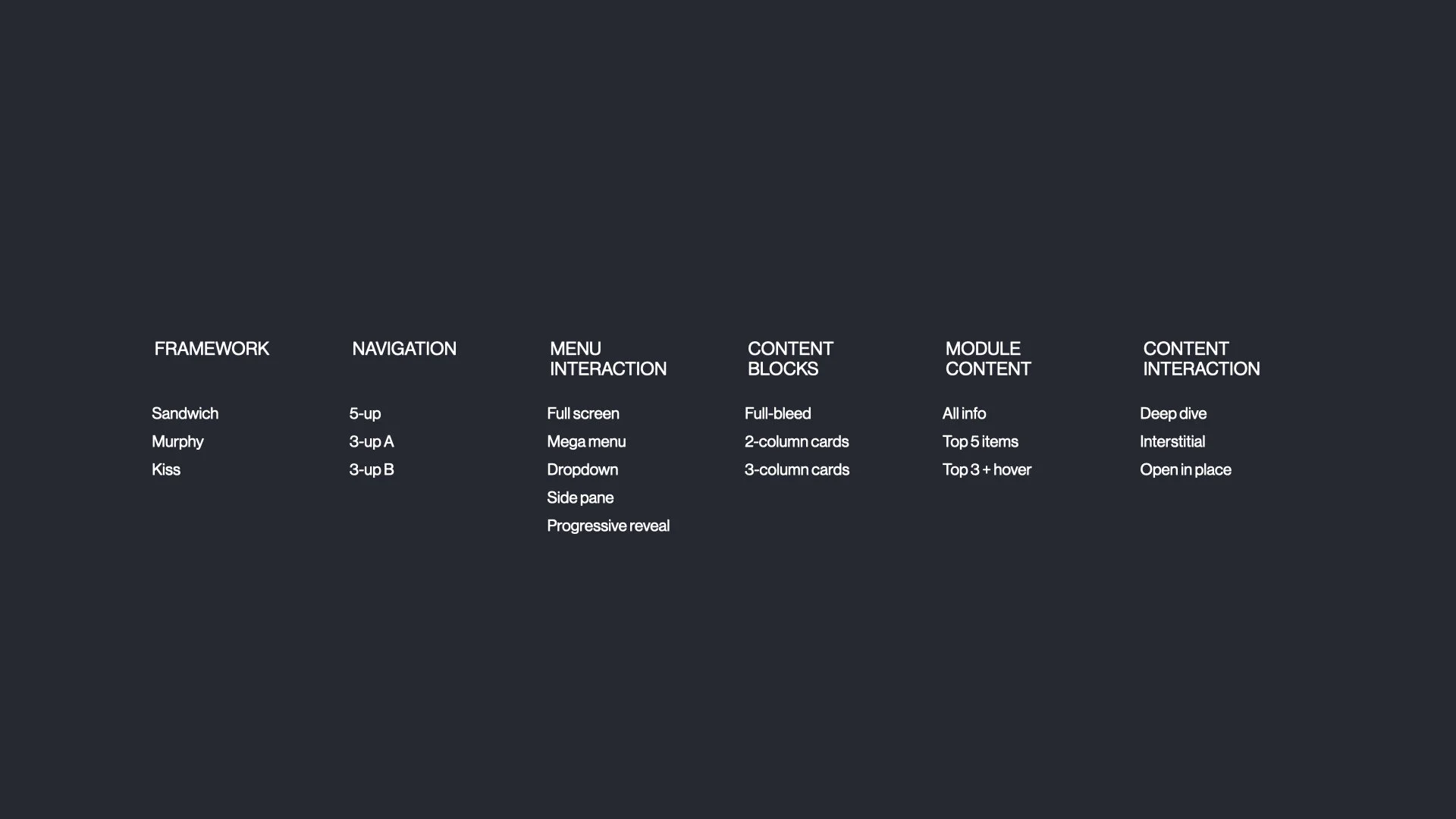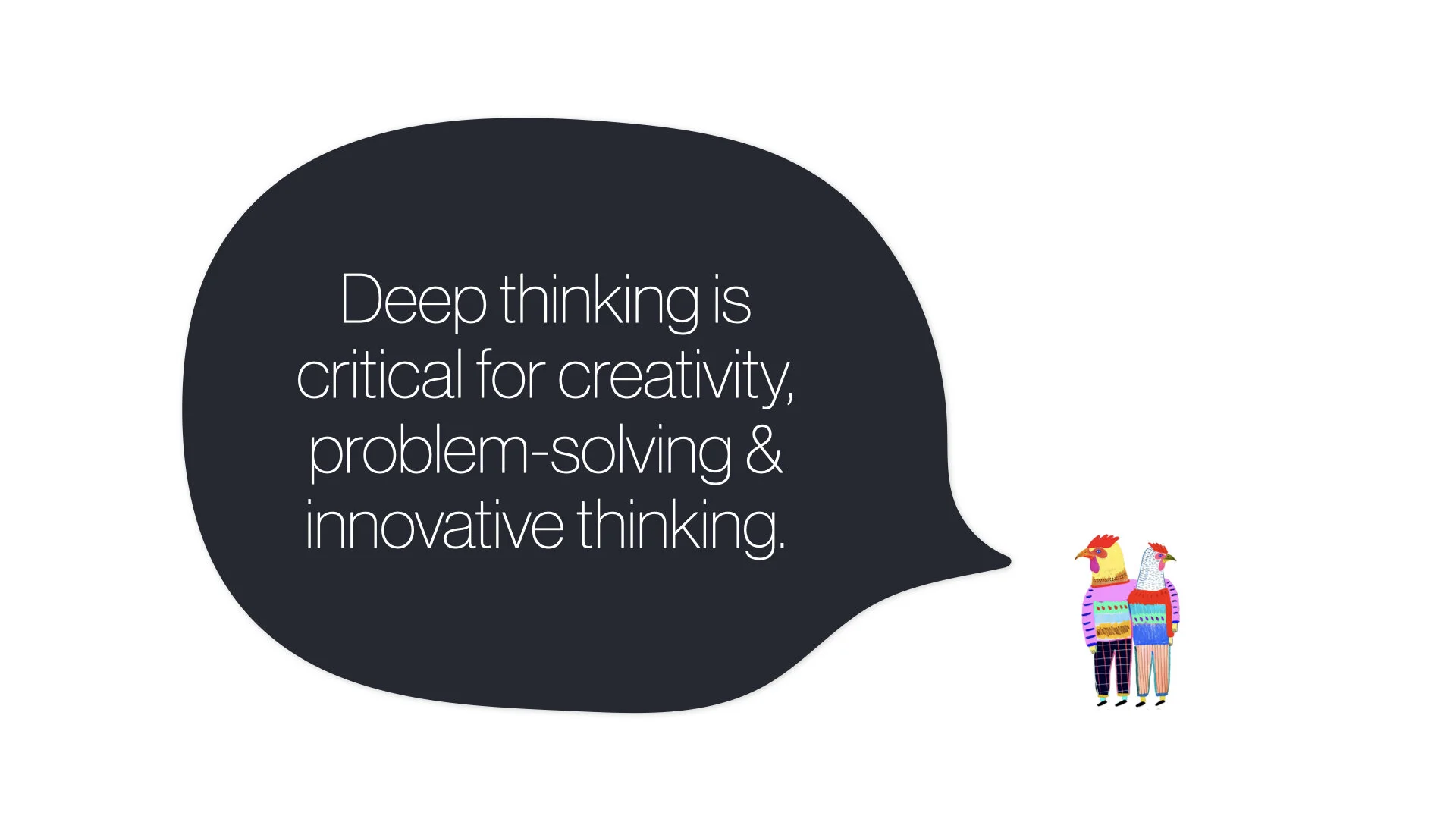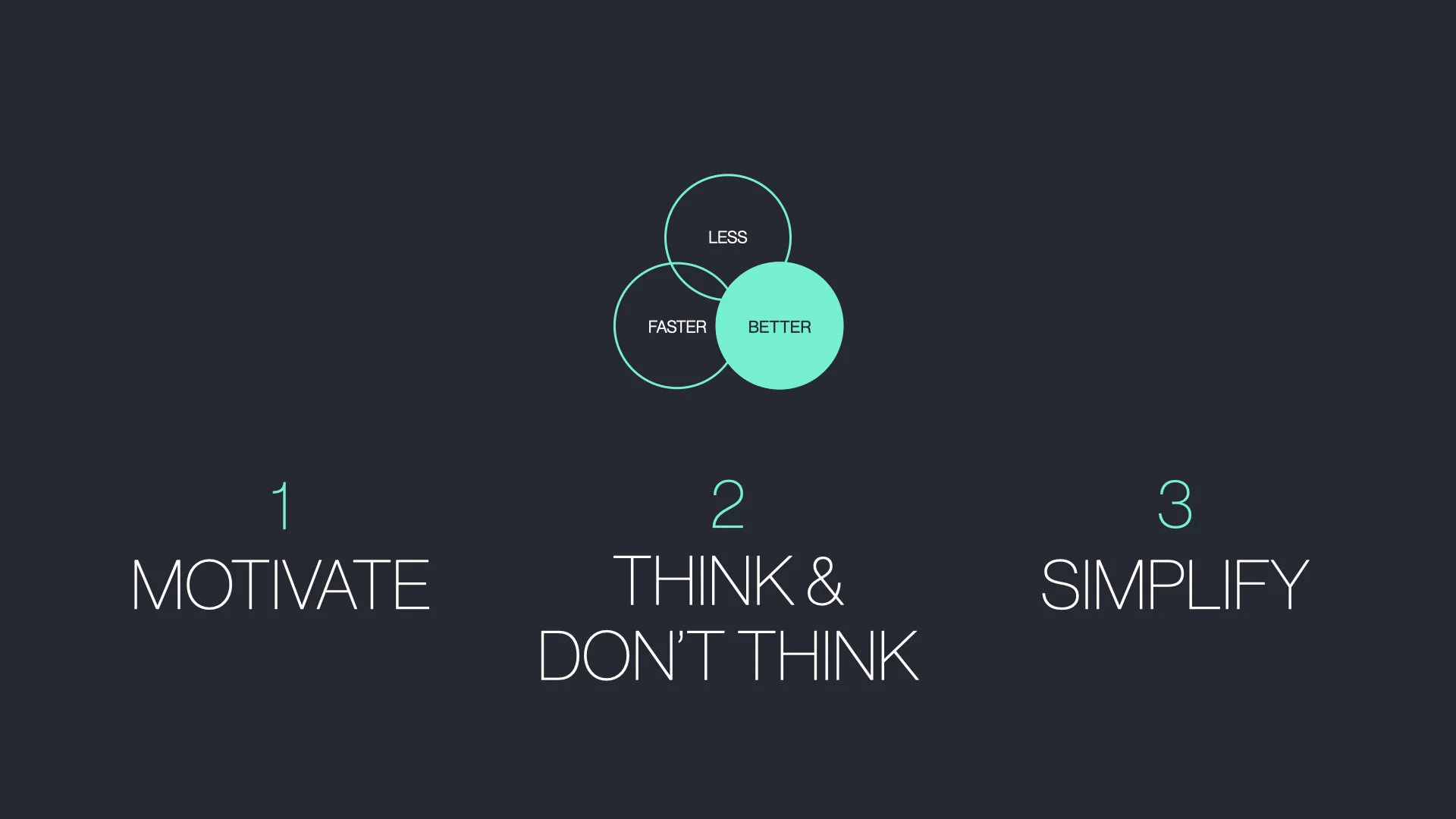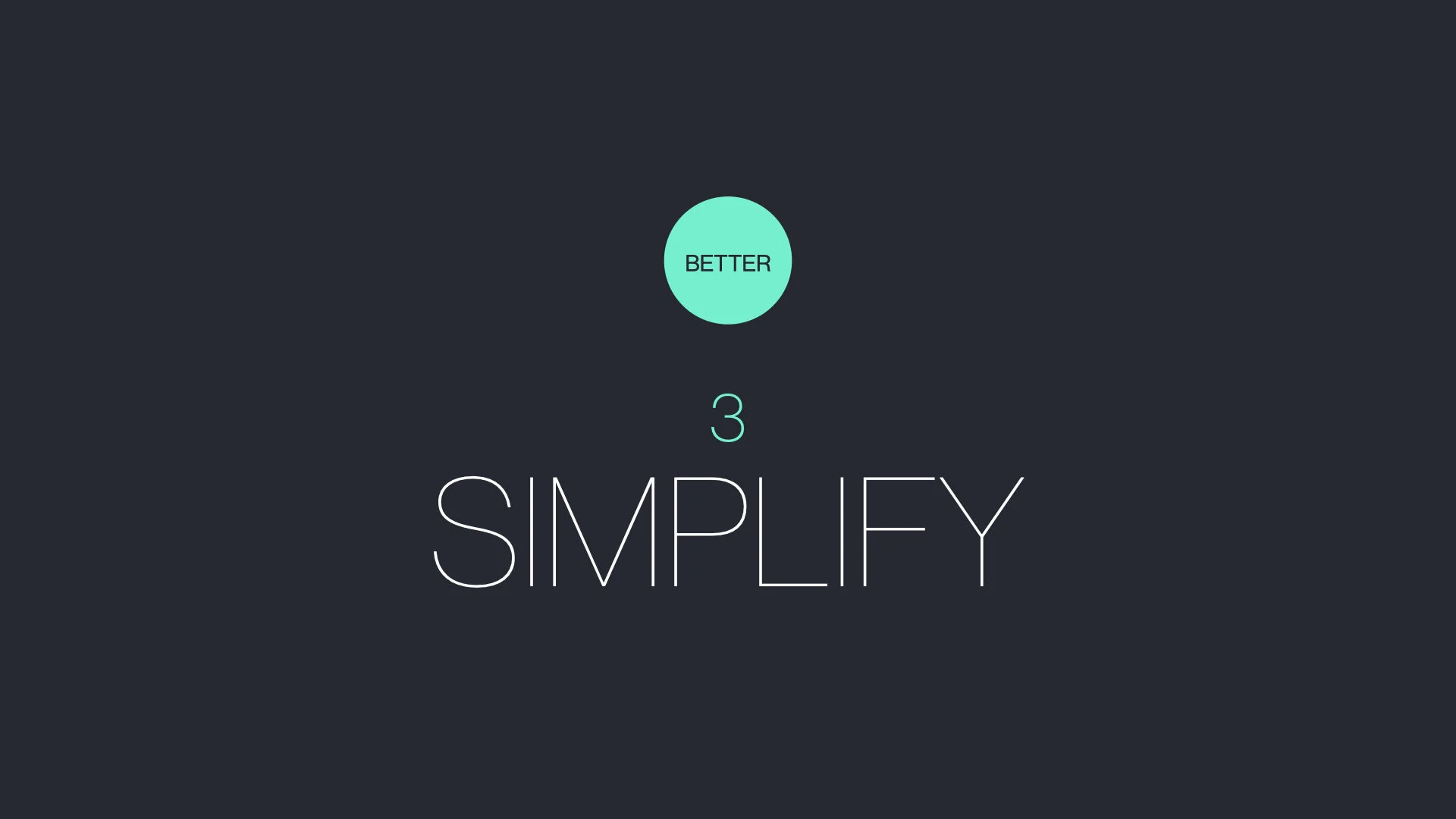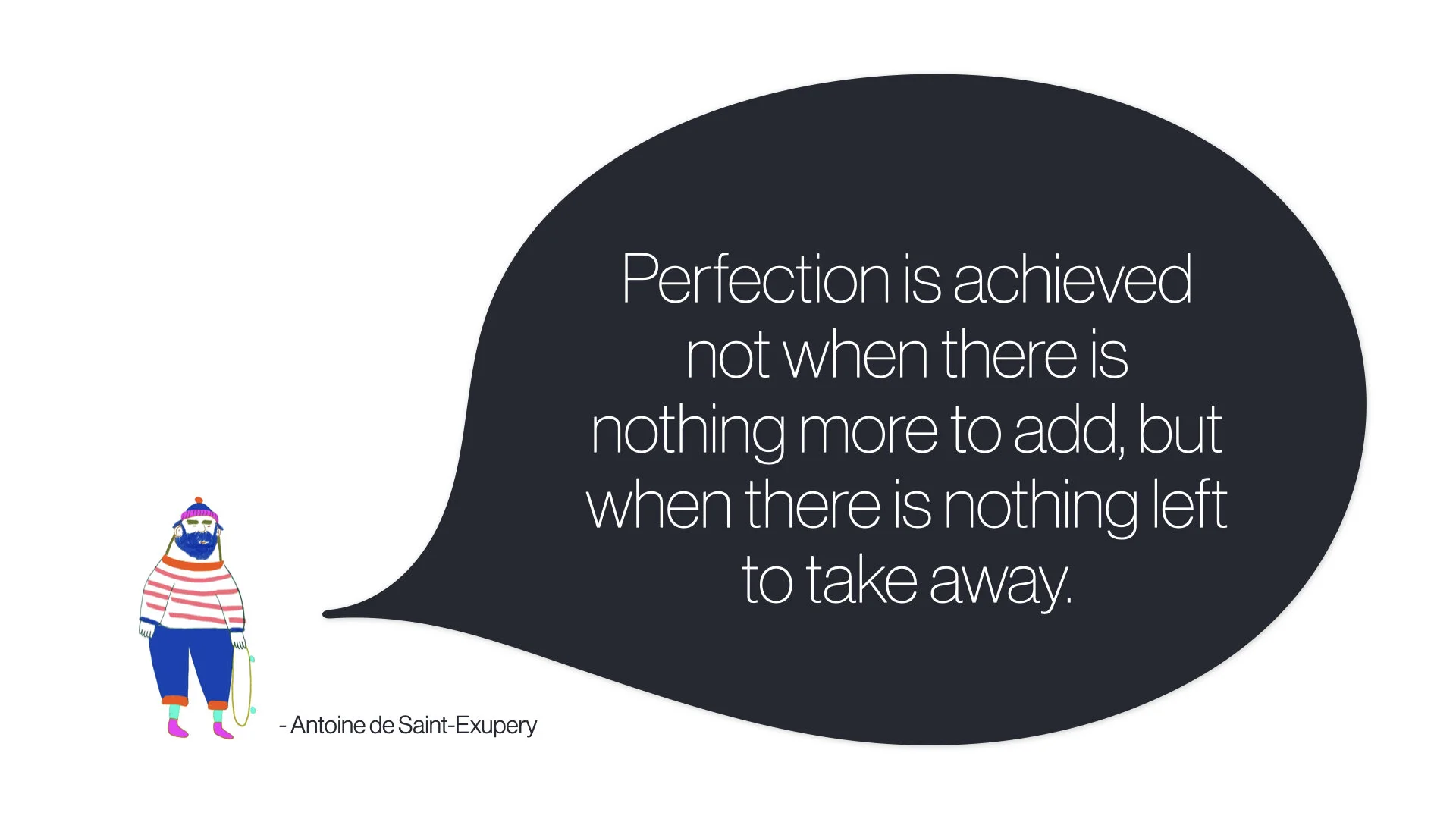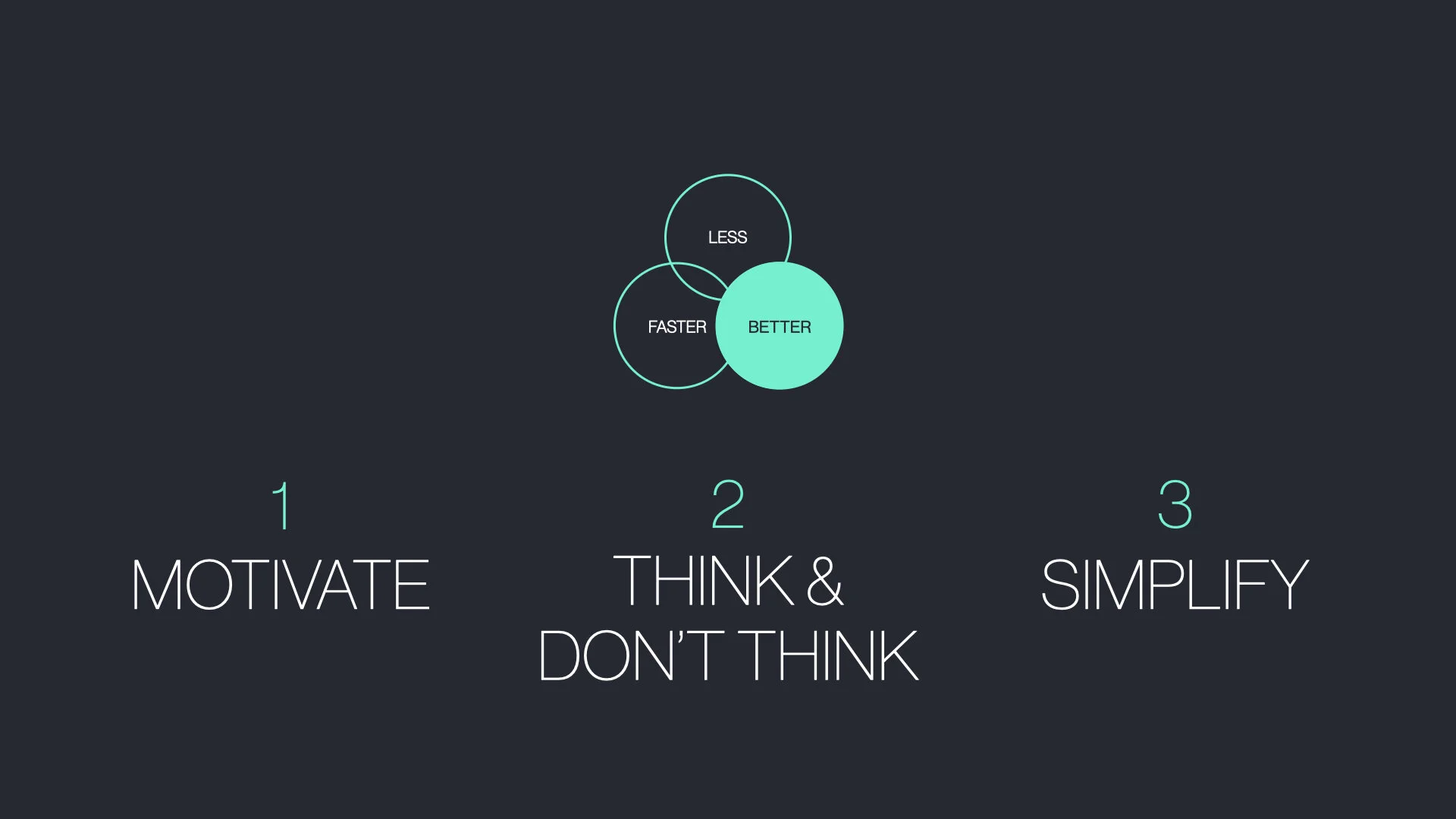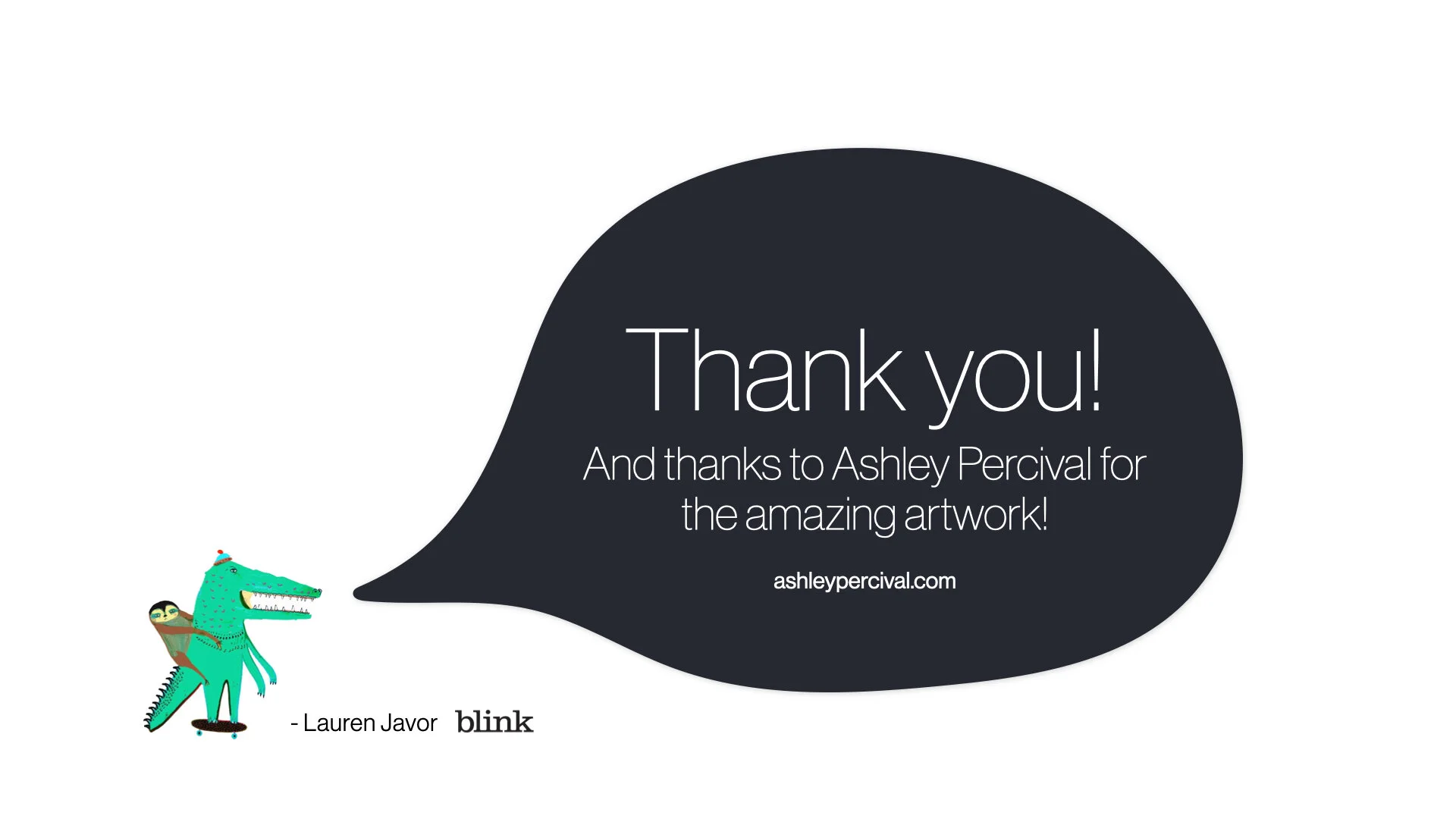

Goldilocks-details
Goldilocks-details
THE GOLDILOCKS ZONE : RIDING THE INFLECTION POINT TO OPTIMIZE DESIGN
A talk I gave at ConveyUX 2020 on a subject I think a lot about: how to optimize the design process so we can work less AND do better work.
The design process is inherently filled with inefficiencies. It’s a semi-structured meandering through exploration and iteration - some of which push innovation and nudge the quality bar higher, and some of which are a total waste of time. Most people seem to accept this wasted time as a necessary bi-product of the creative process. It drives me nuts.
I want to do amazing design work so the products I help create, make people’s lives better and save them precious time. But I’ve never worked on a project where I felt like there was as much time as I wanted. So, I’ve spent years trying to figure out how to get the highest quality design work done in the least amount of time. And that has lead me through a journey of questions like:
How do you know when designs are good enough?
How much time is needed to do good design?
When should you insist on more design time?
Can you increase efficiency without killing innovation or creativity?
In this talk, I answer these and more of design’s squishiest questions using economic principles. And I talk through some practical strategies for getting higher quality design work done faster.
Key take-aways or learning outcomes
A look at why creativity is so difficult to optimize
A conceptual framework for optimizing the design process using economic principles
Practical strategies for getting higher quality design work done faster






